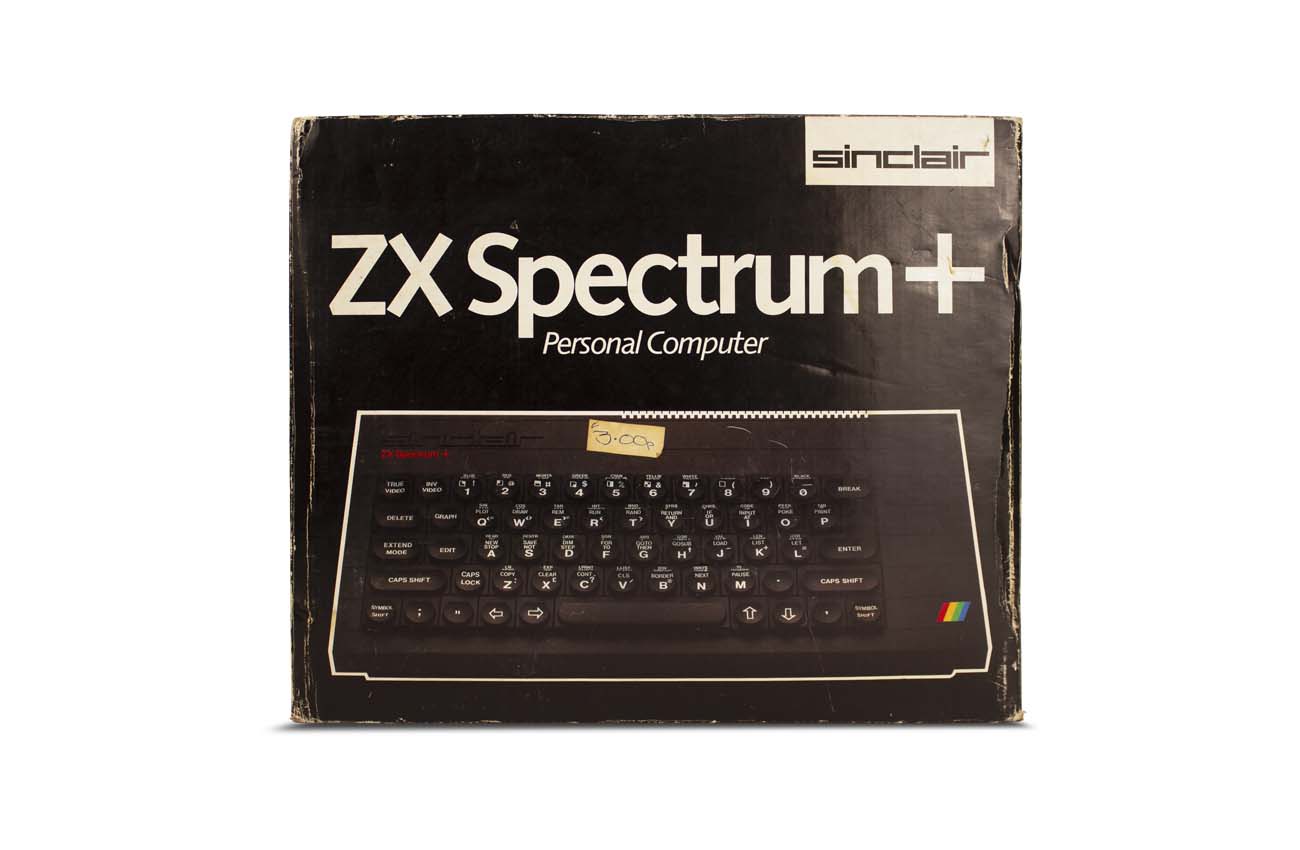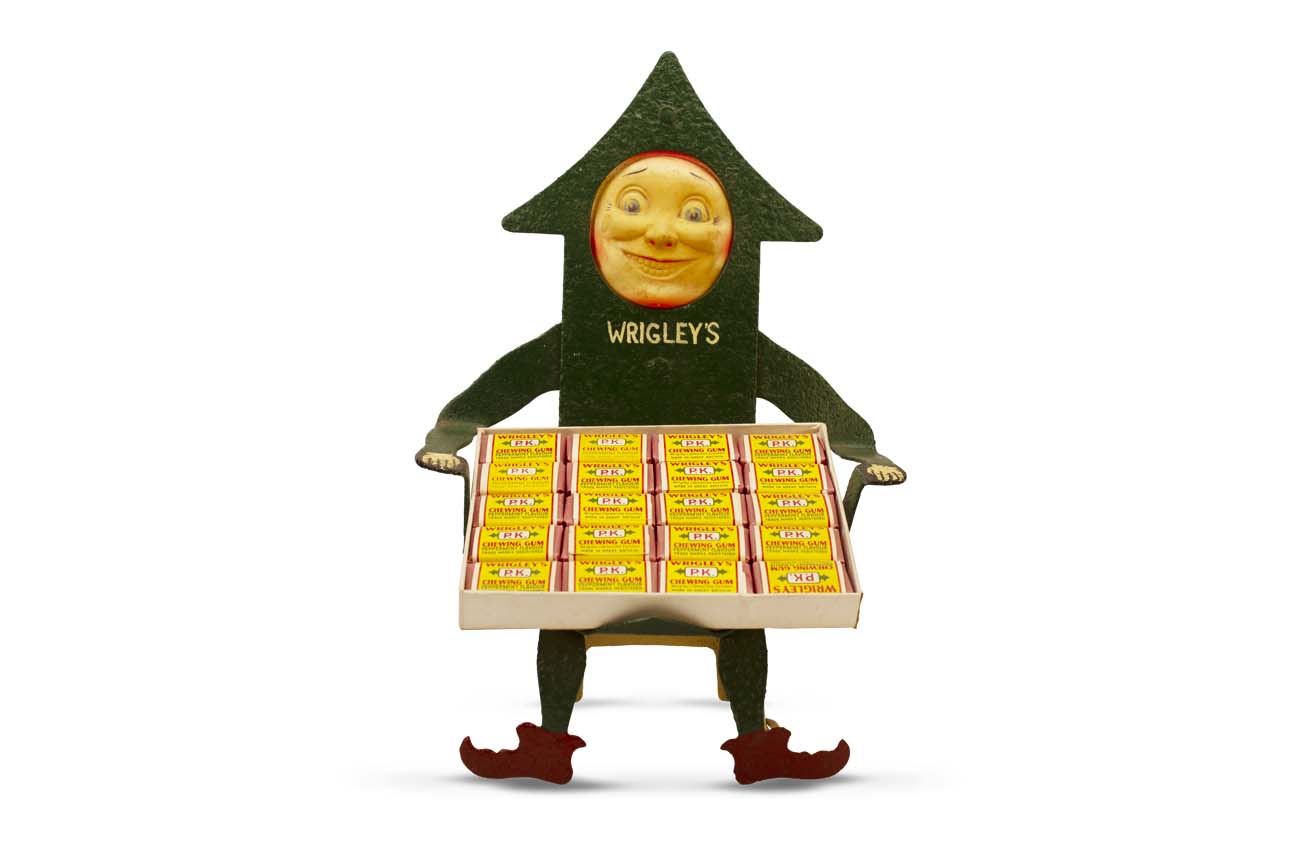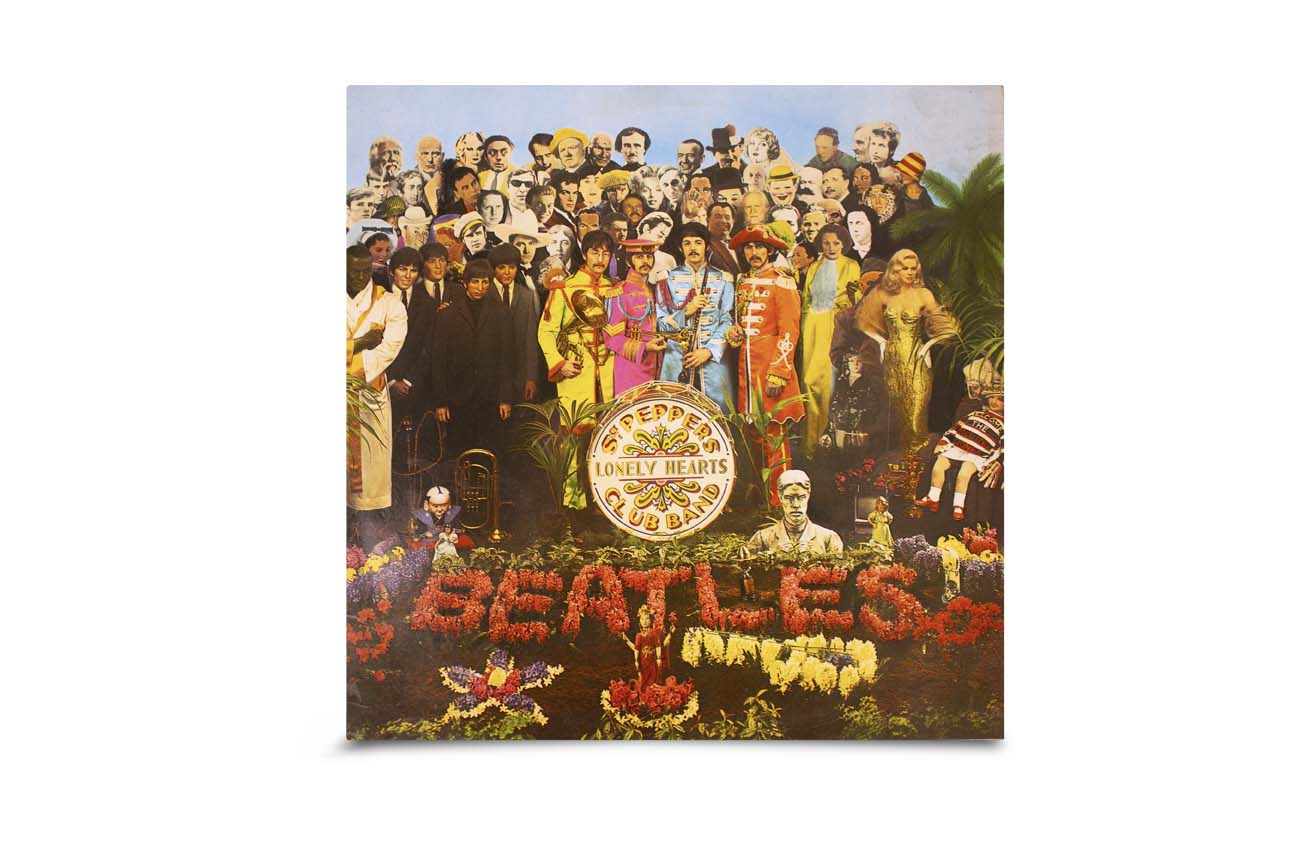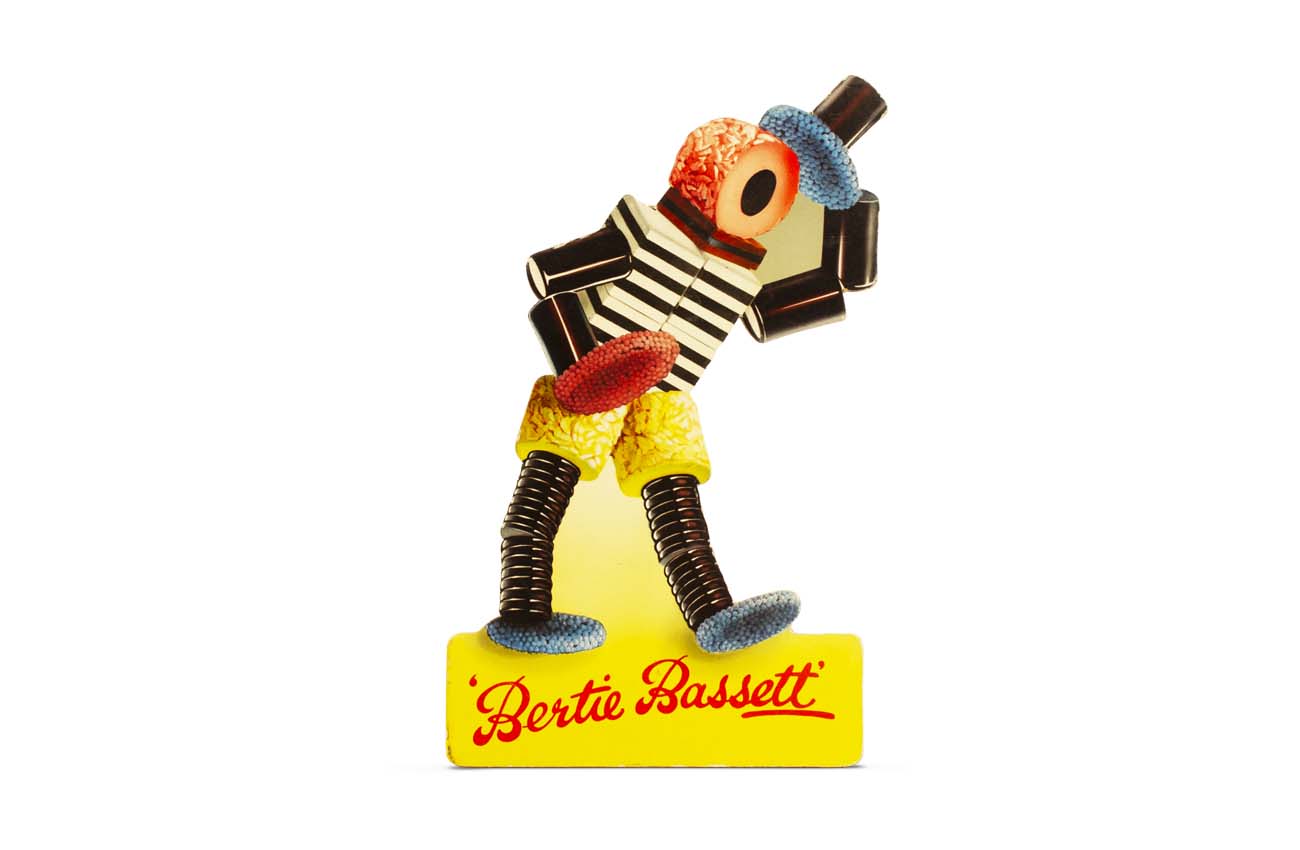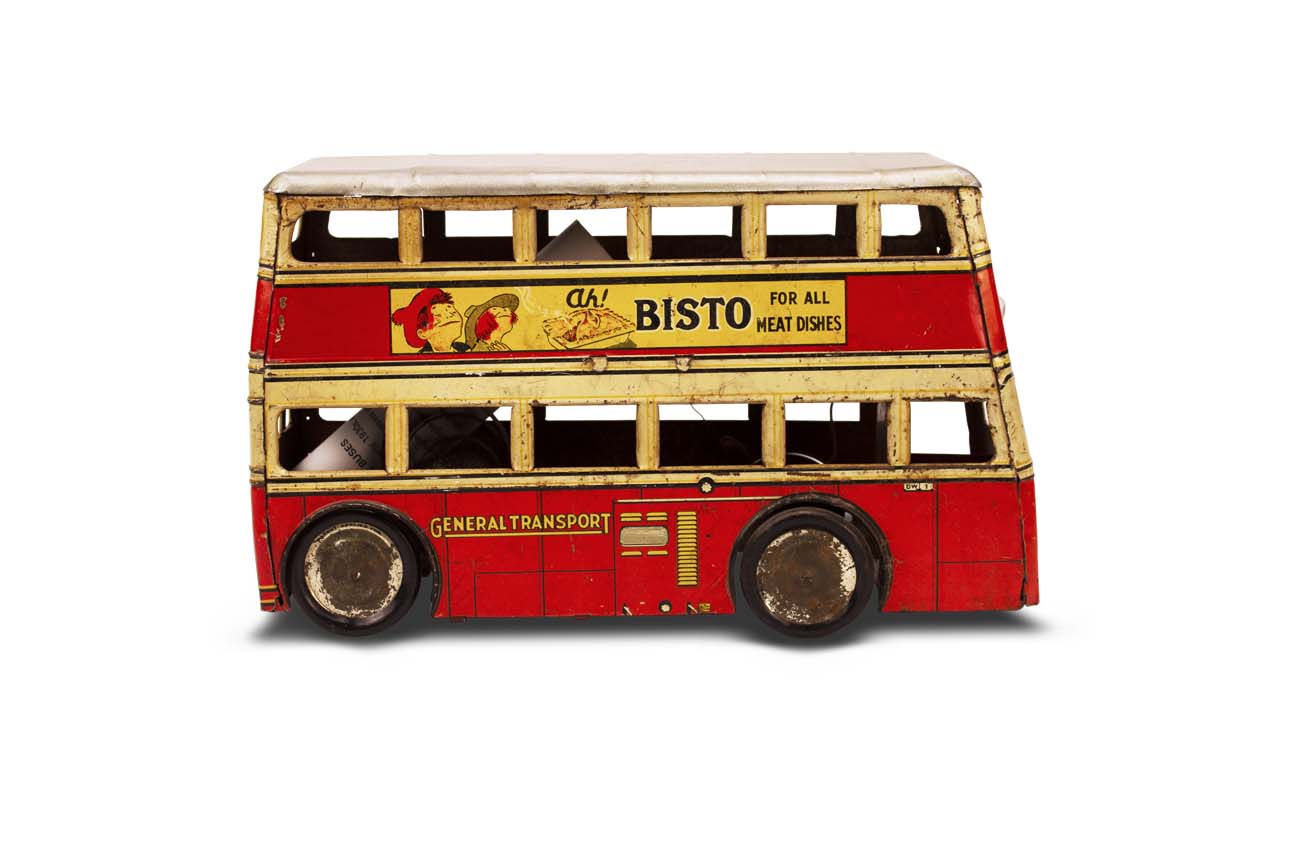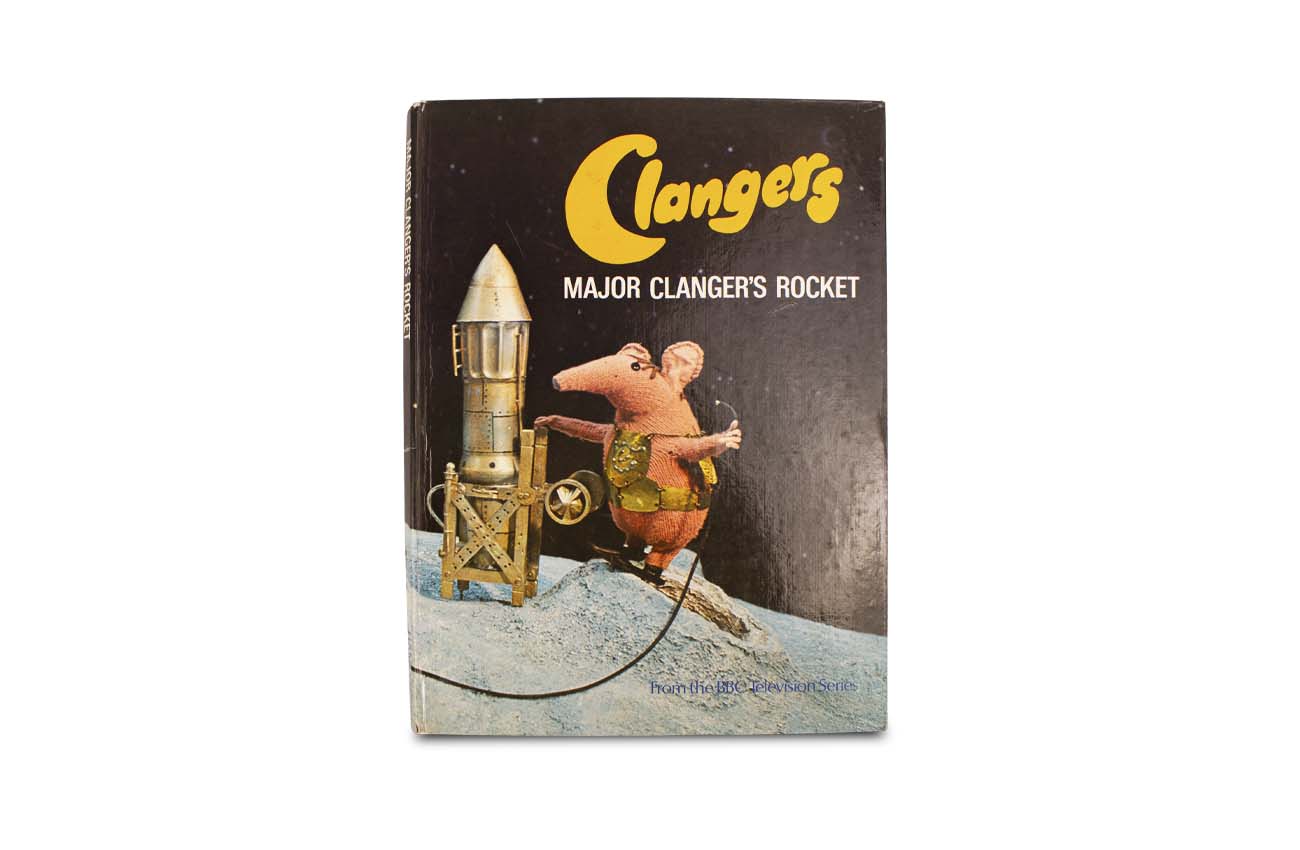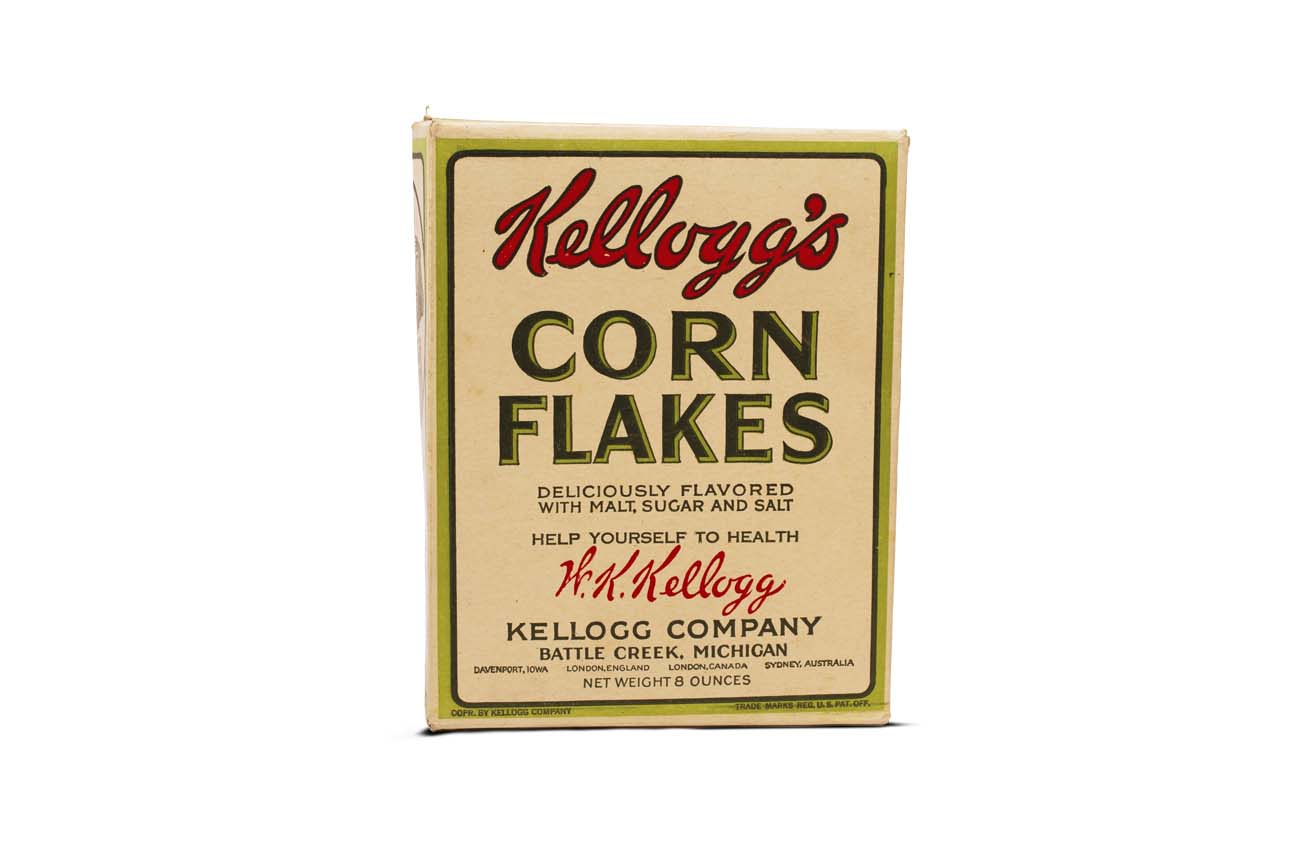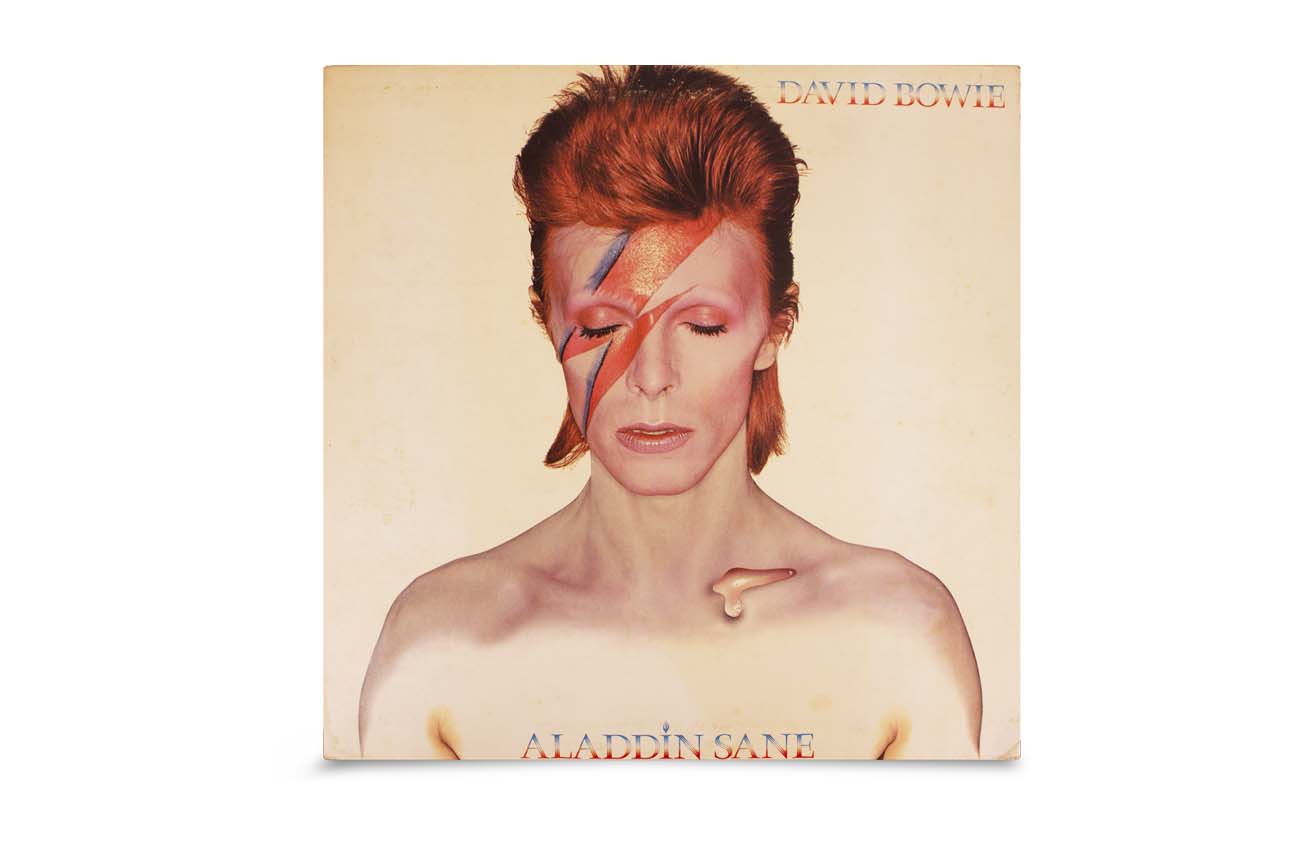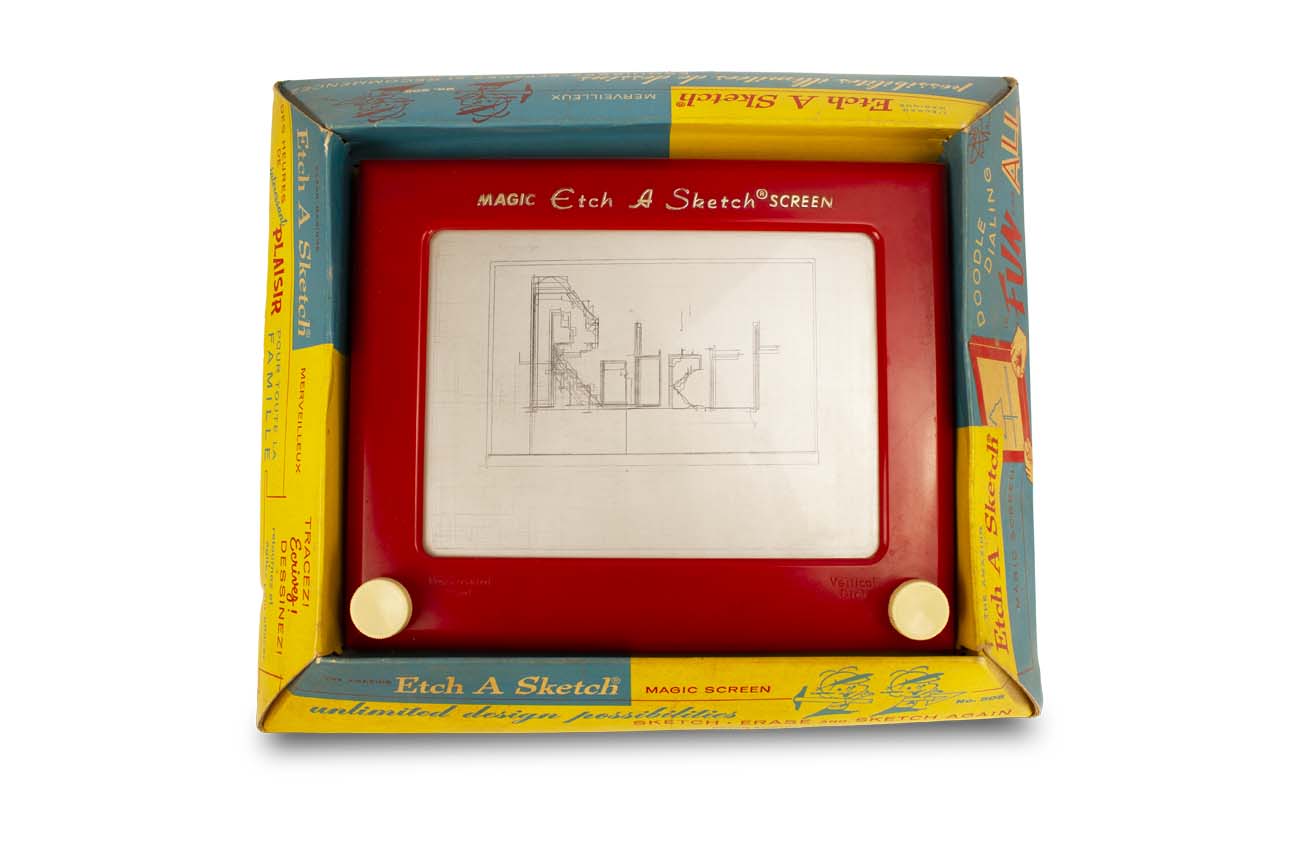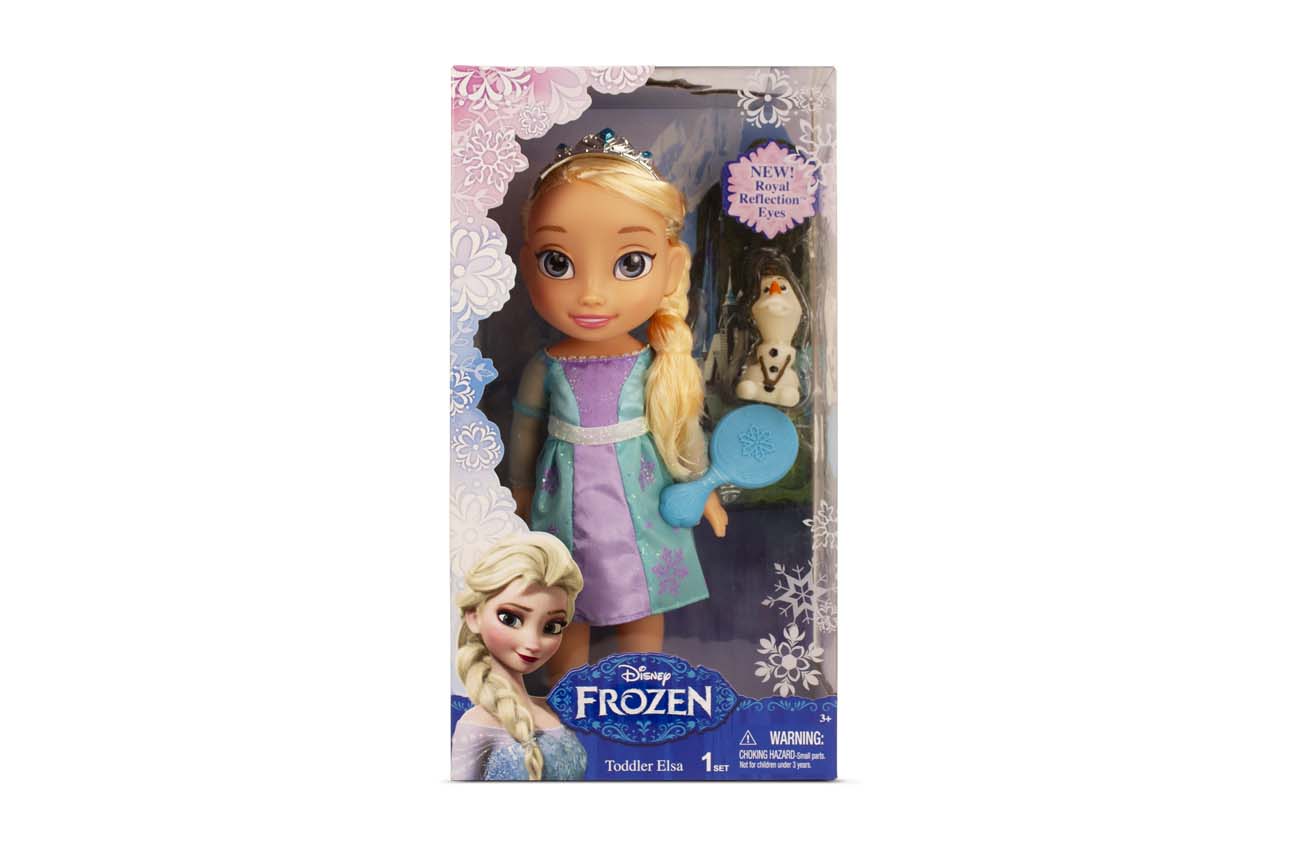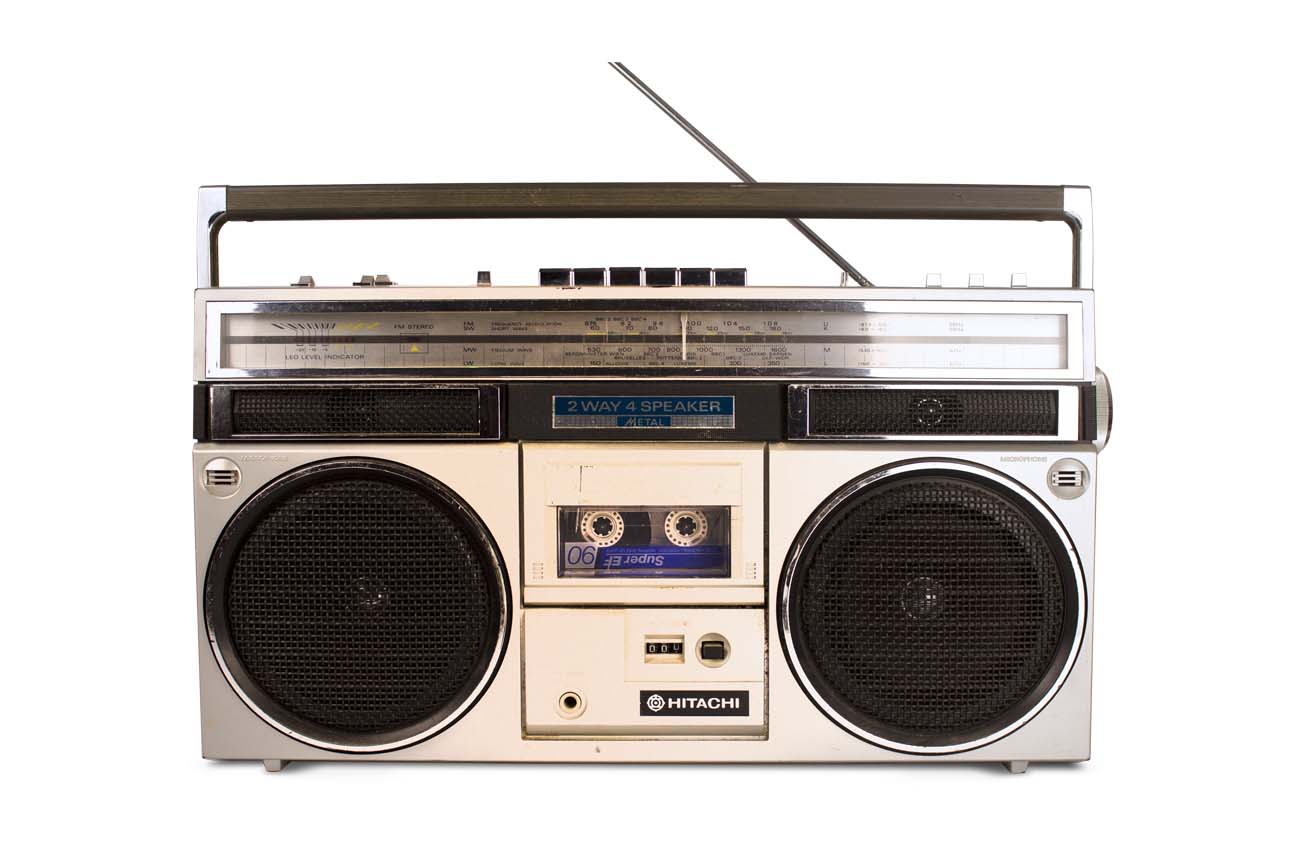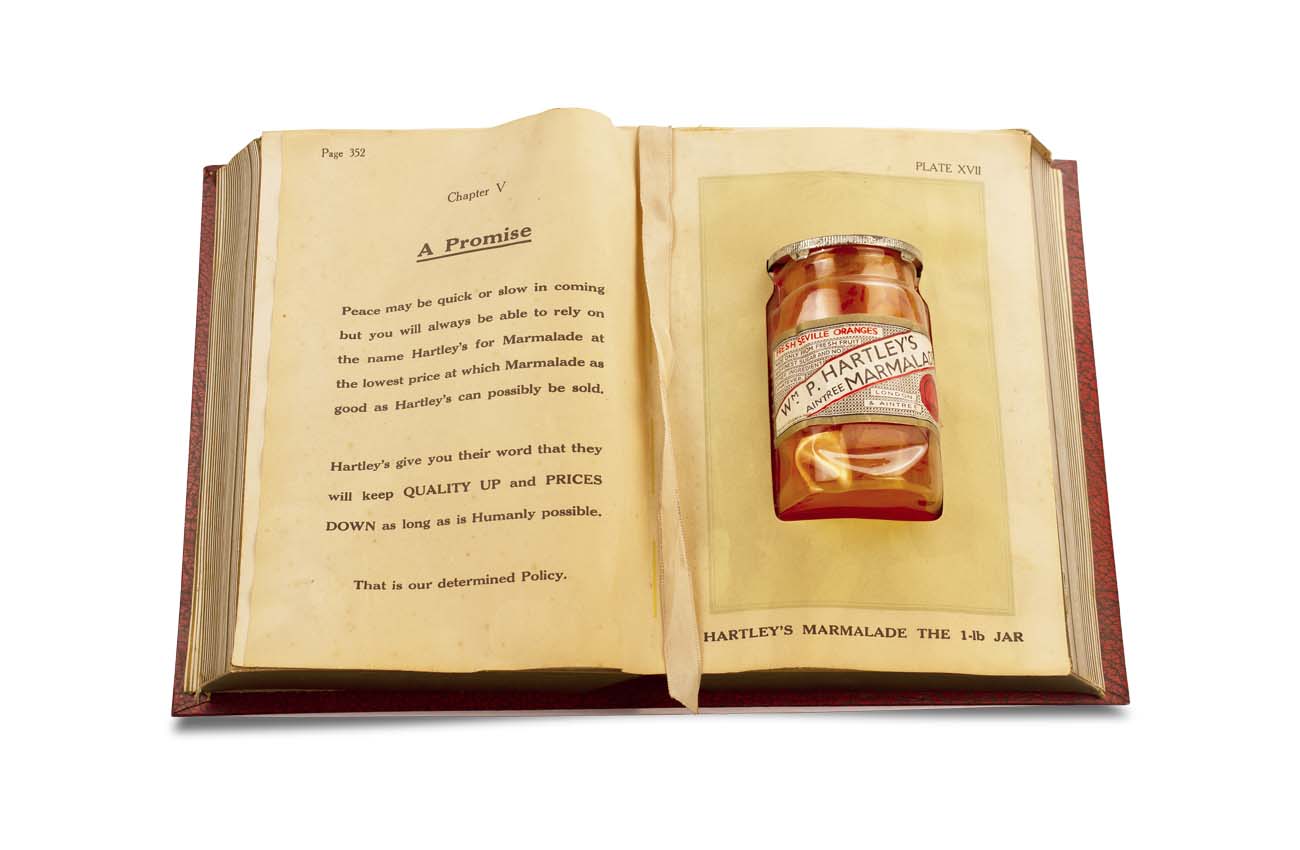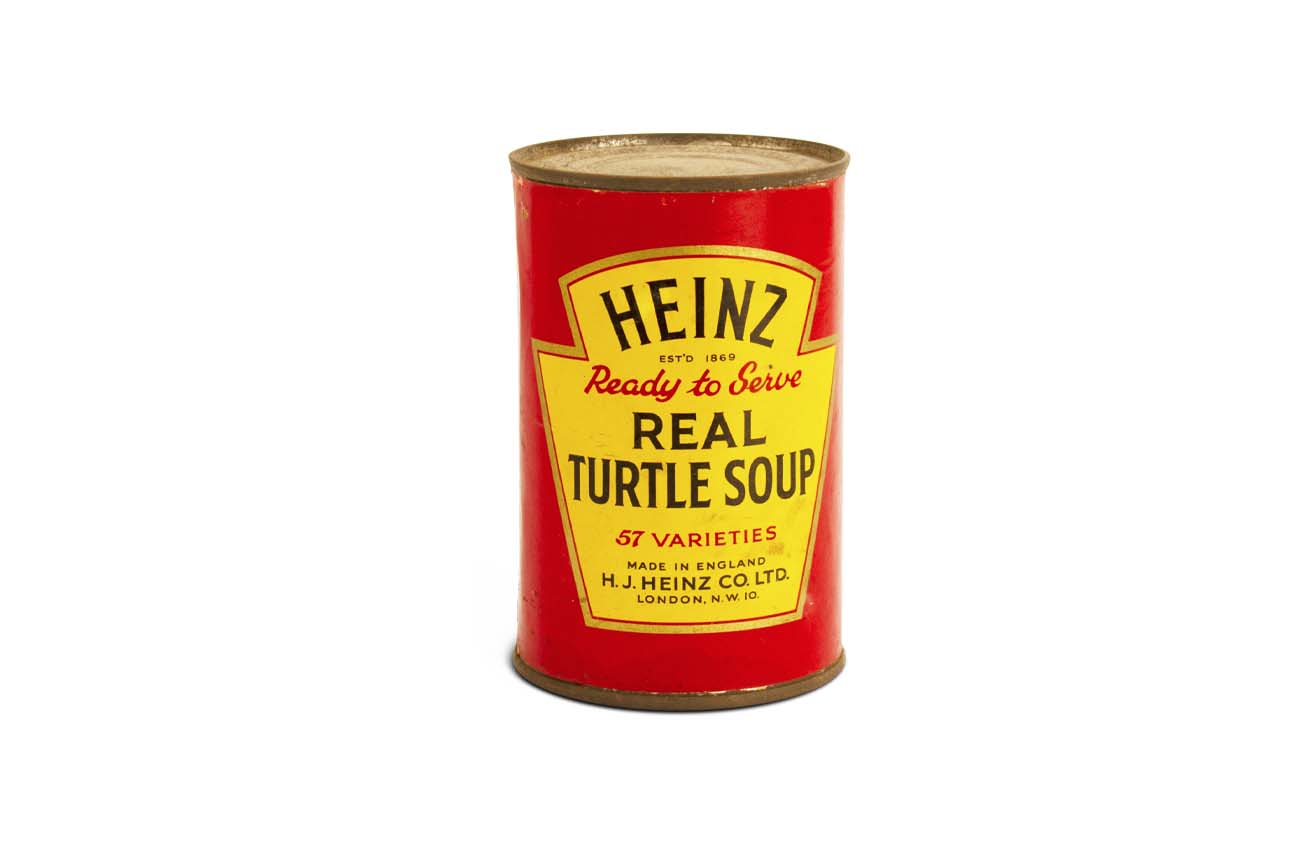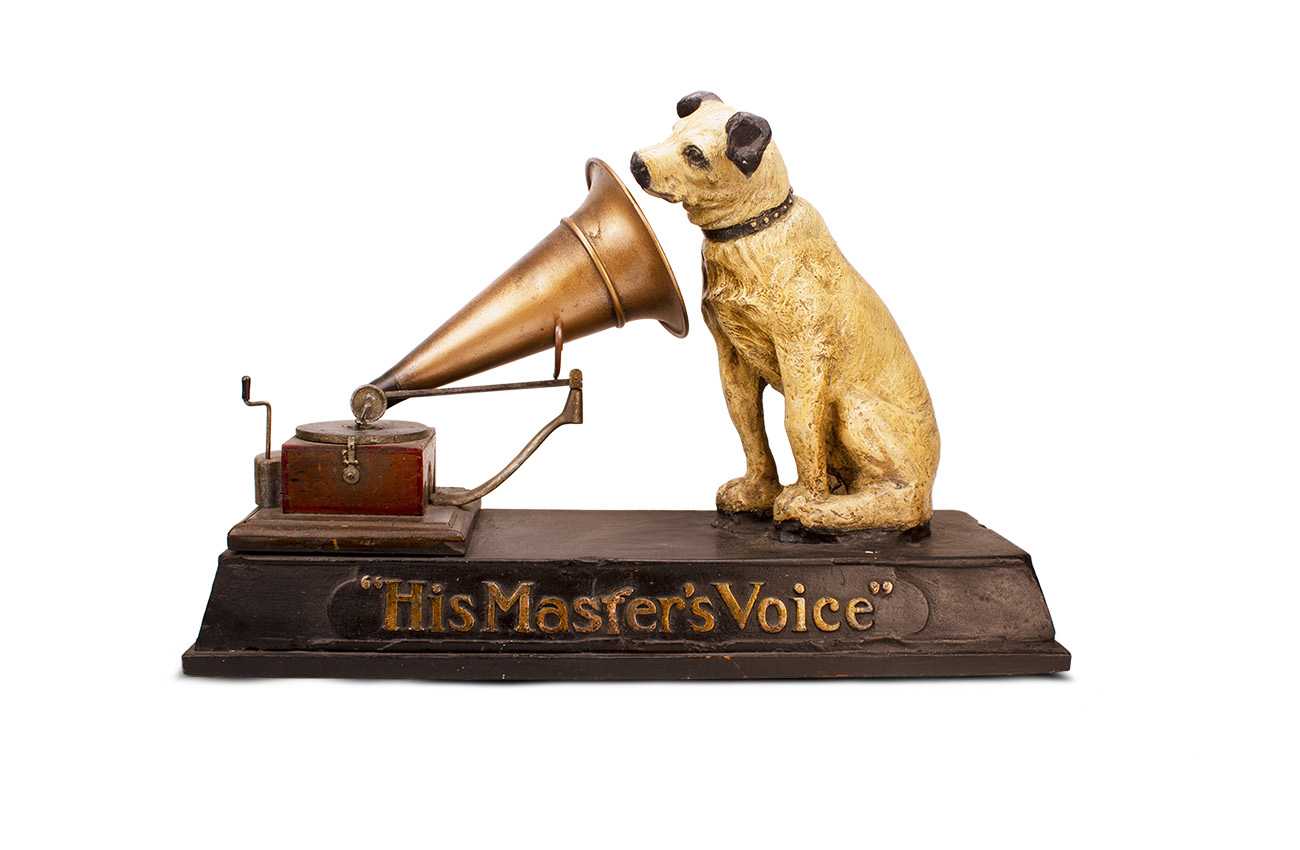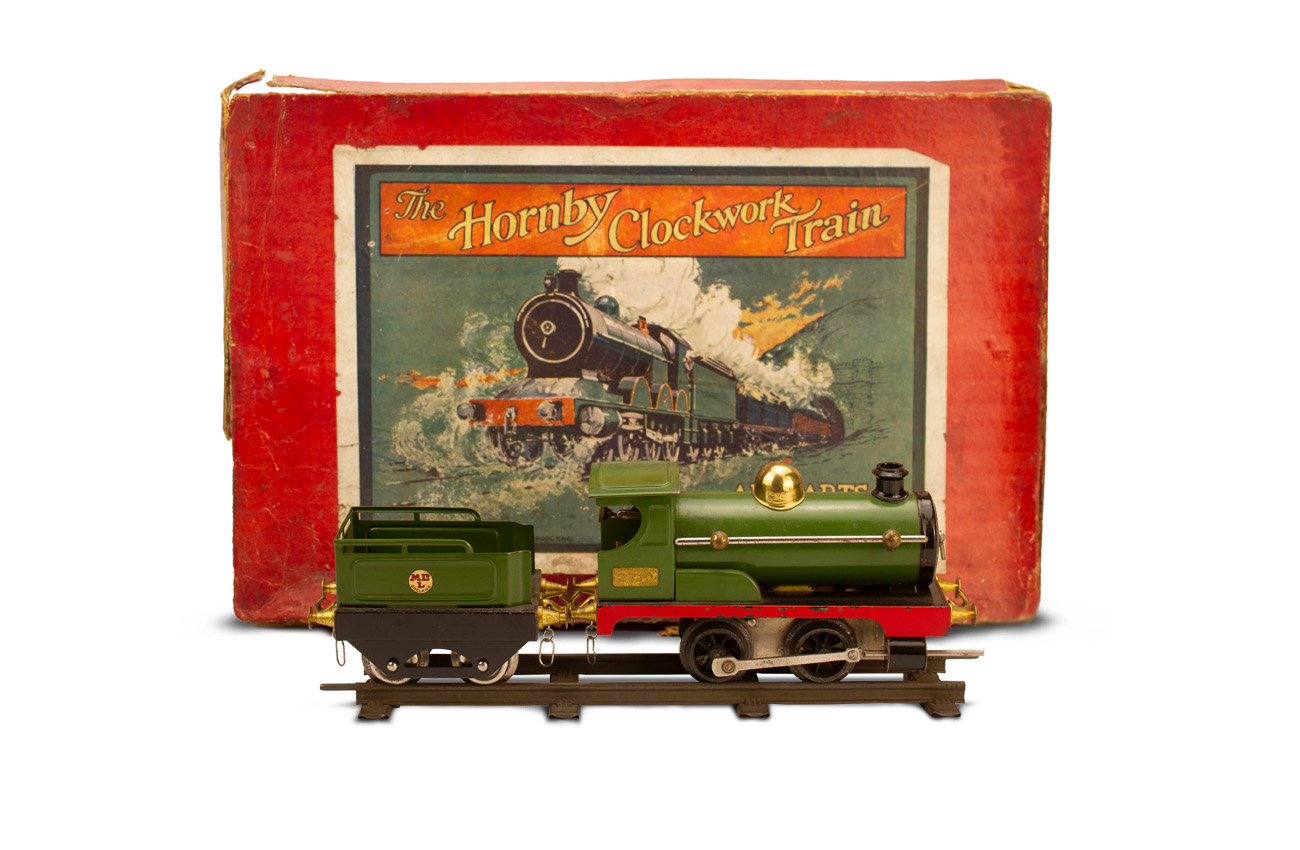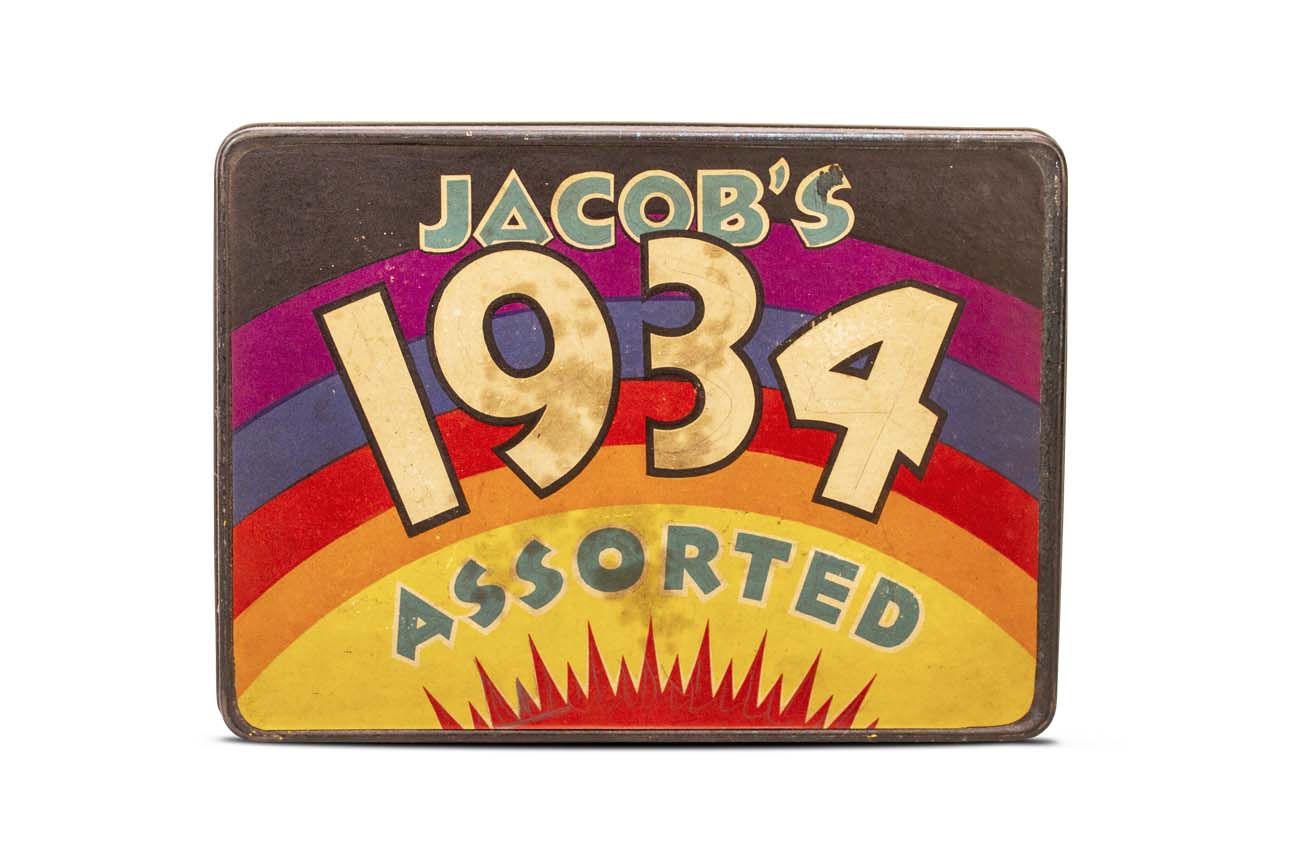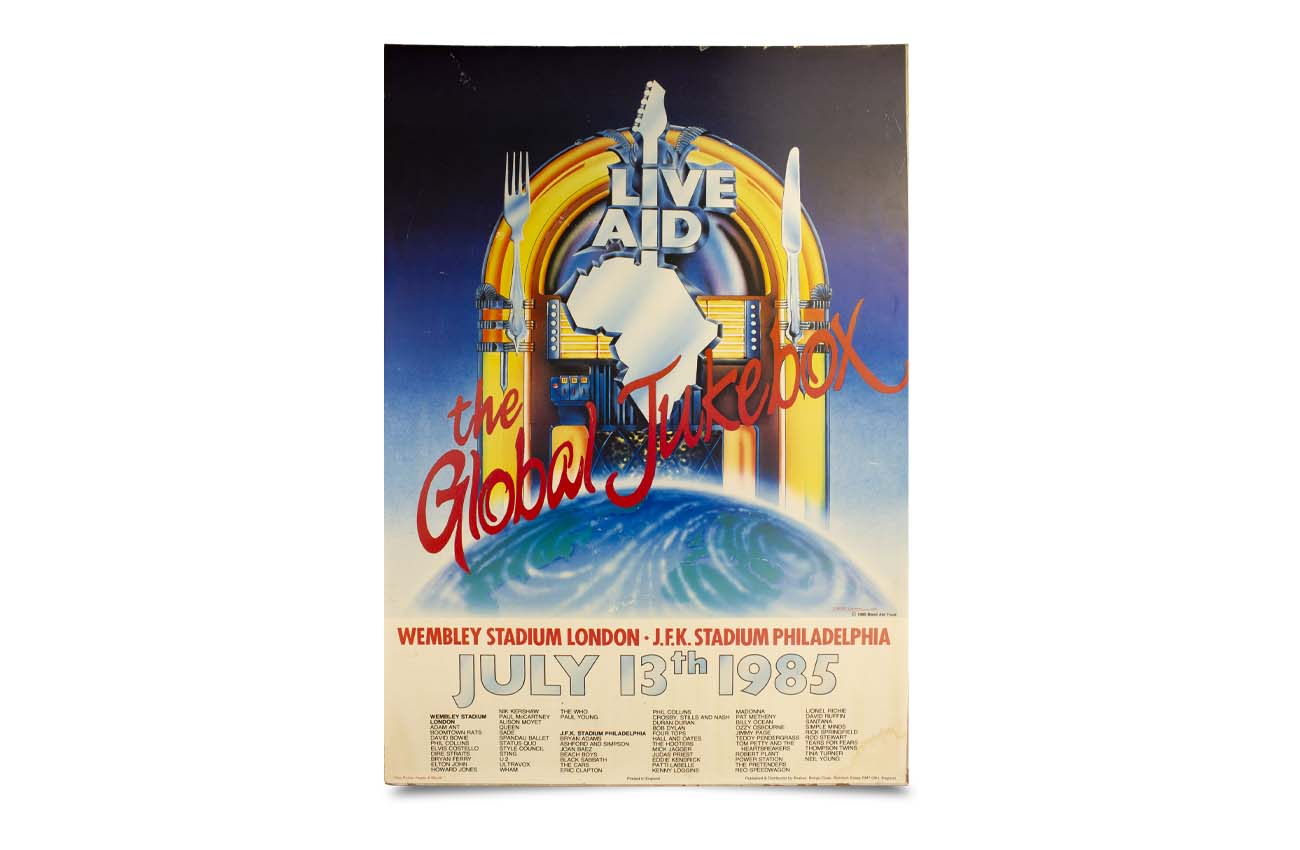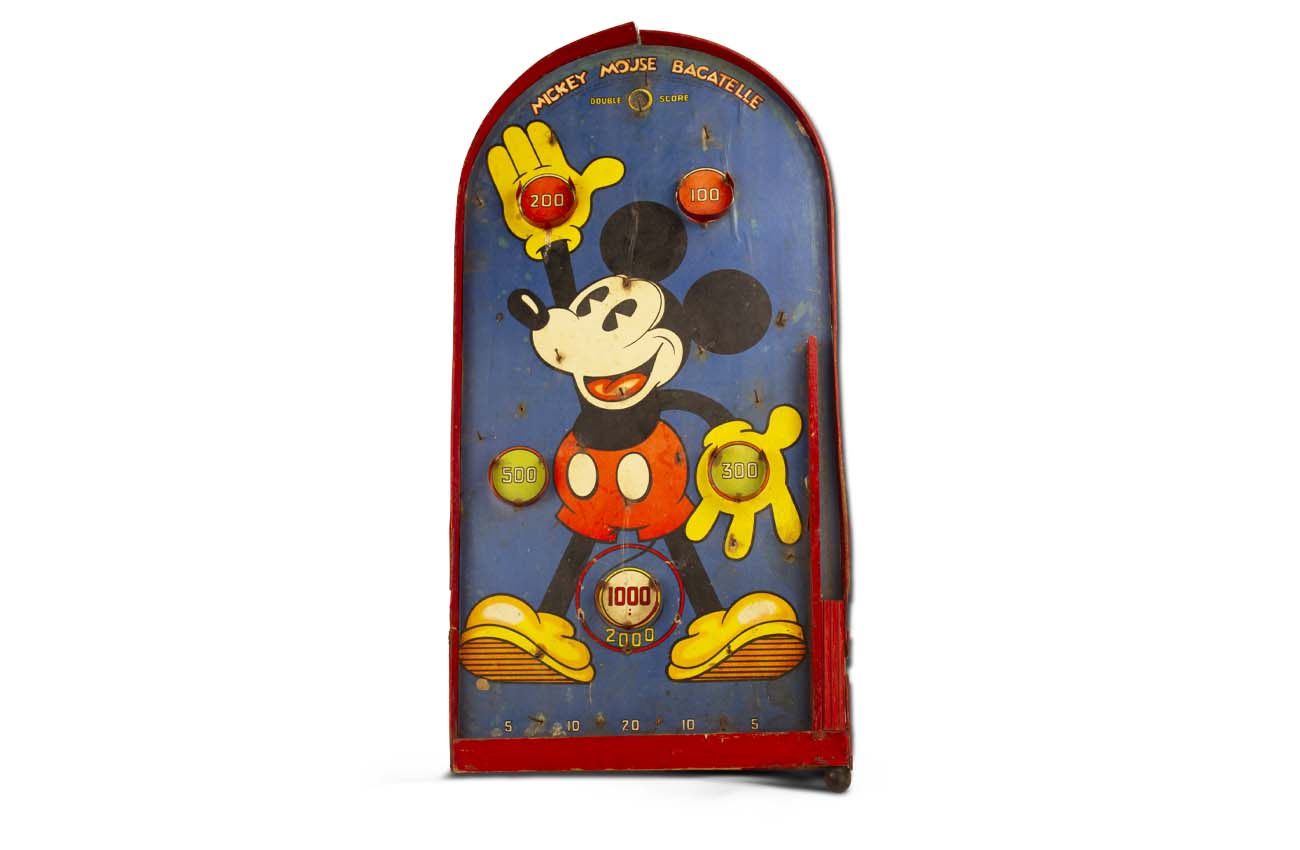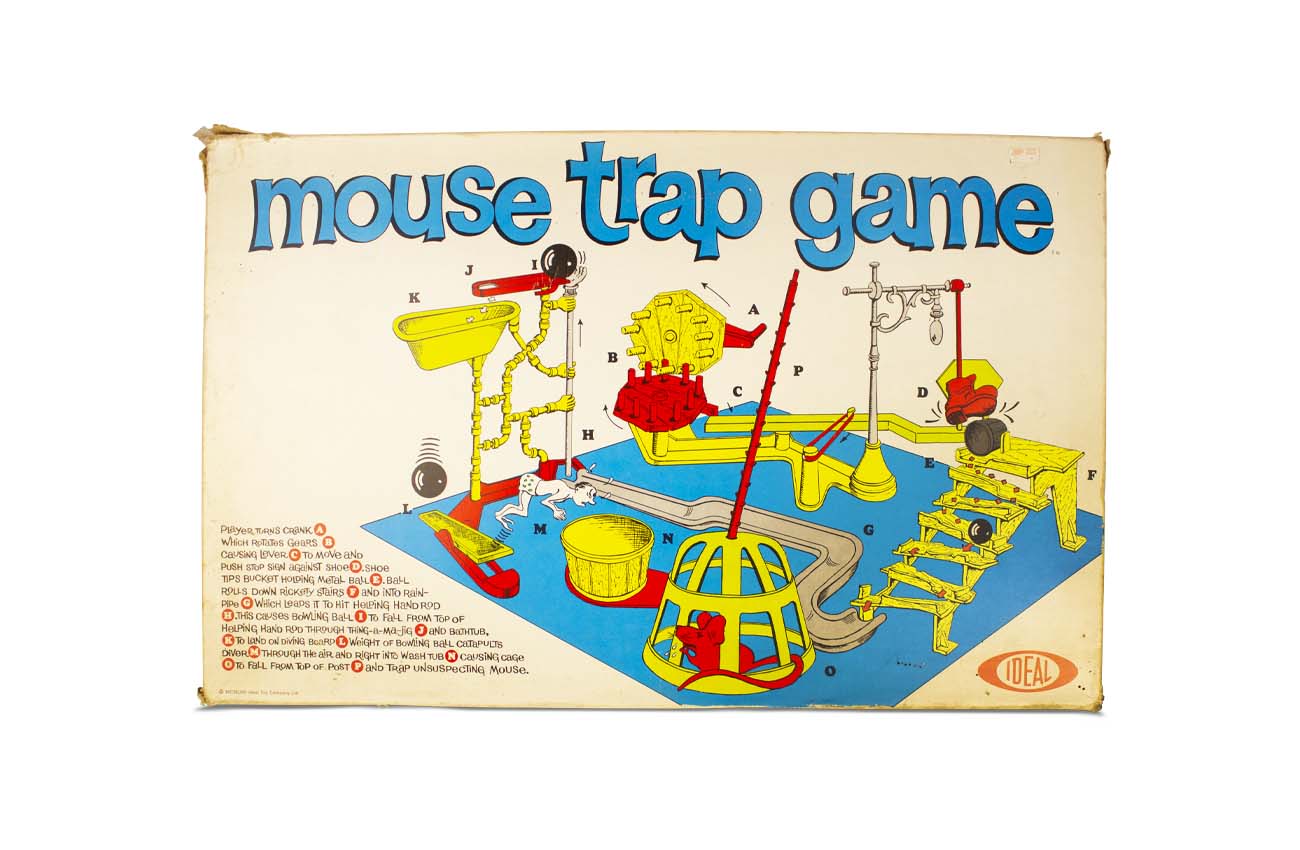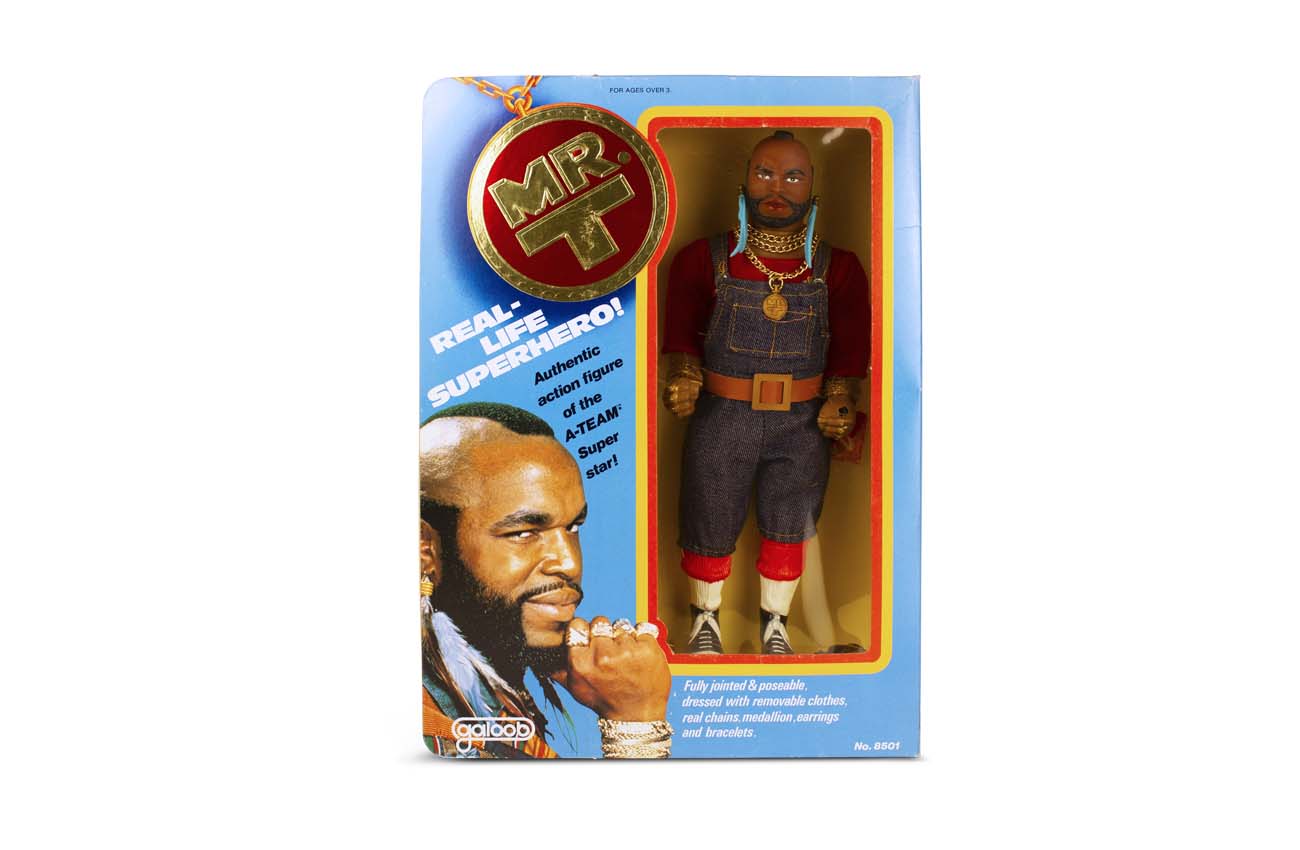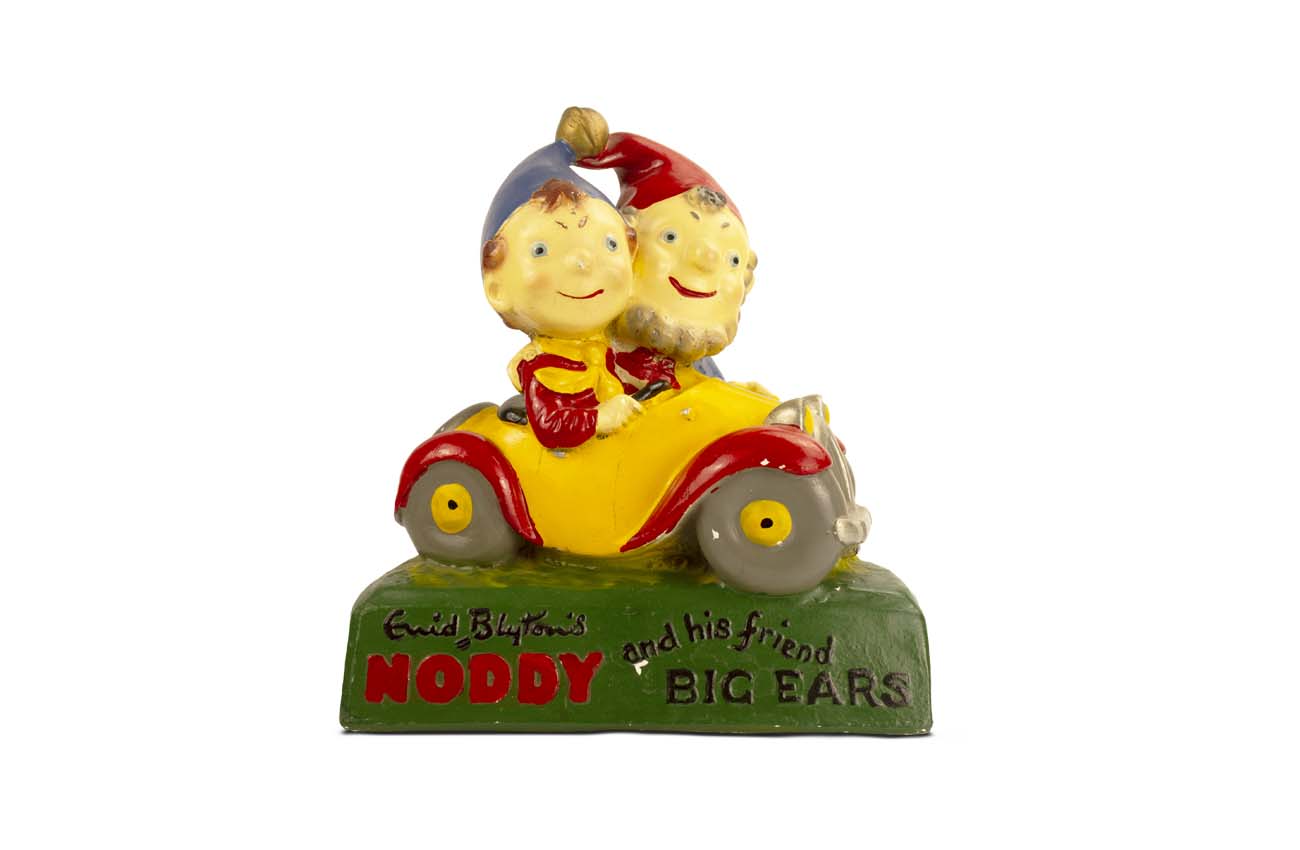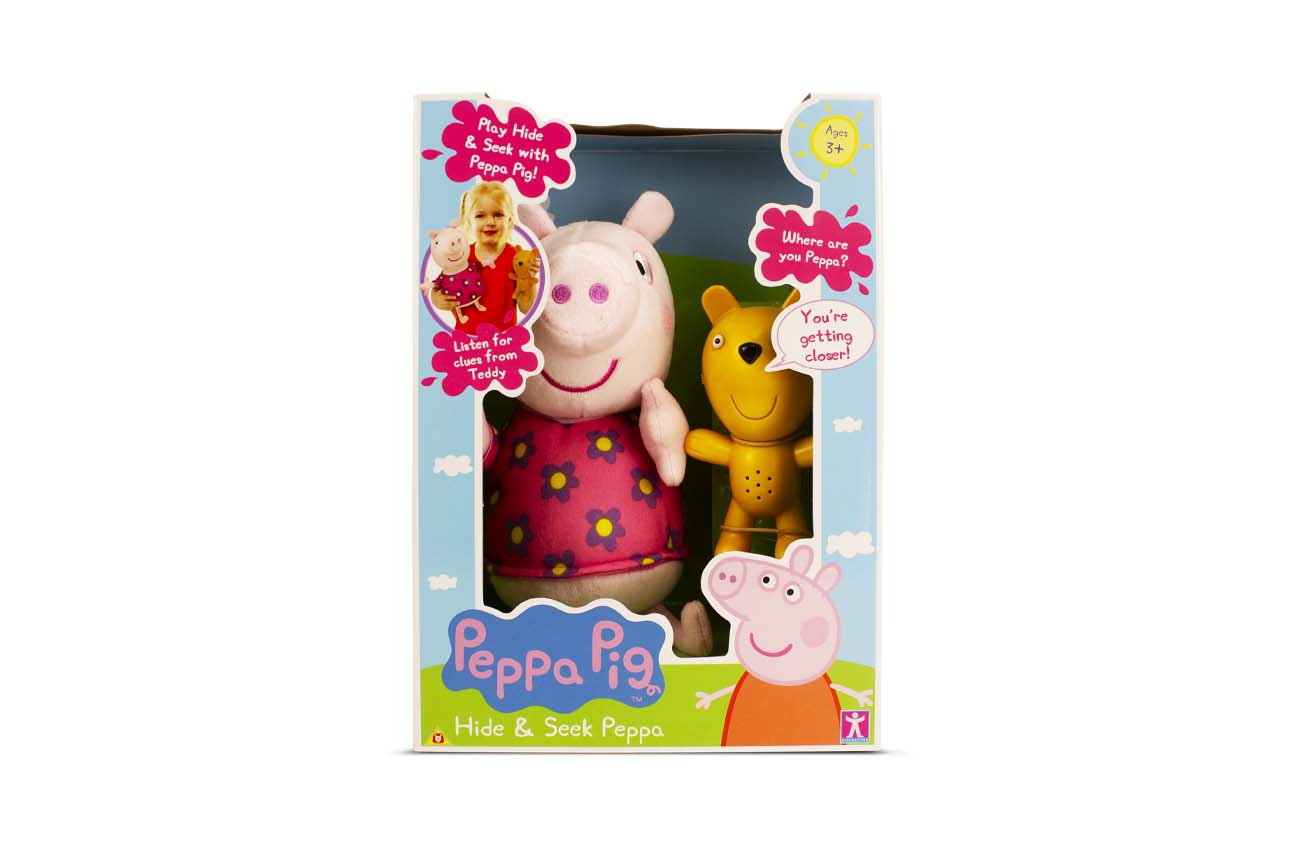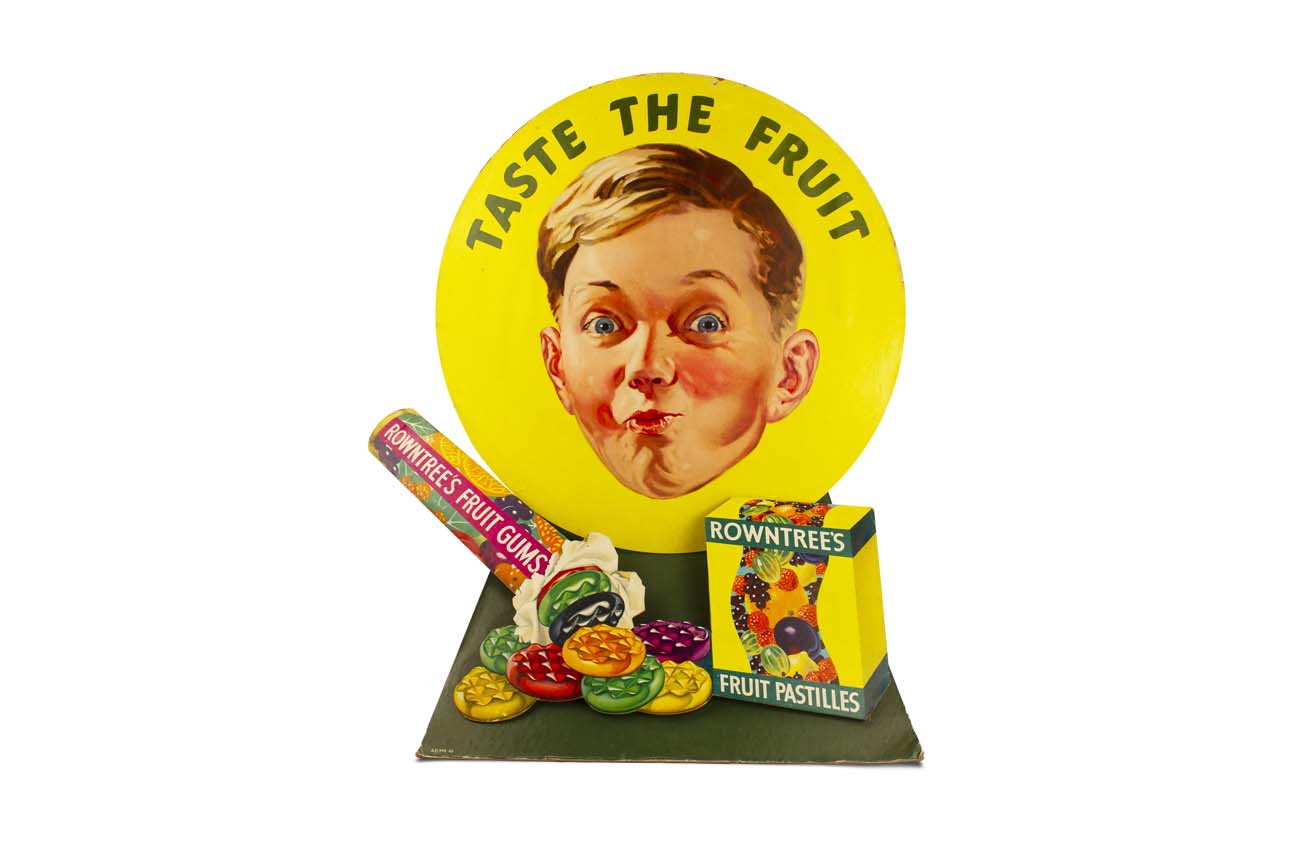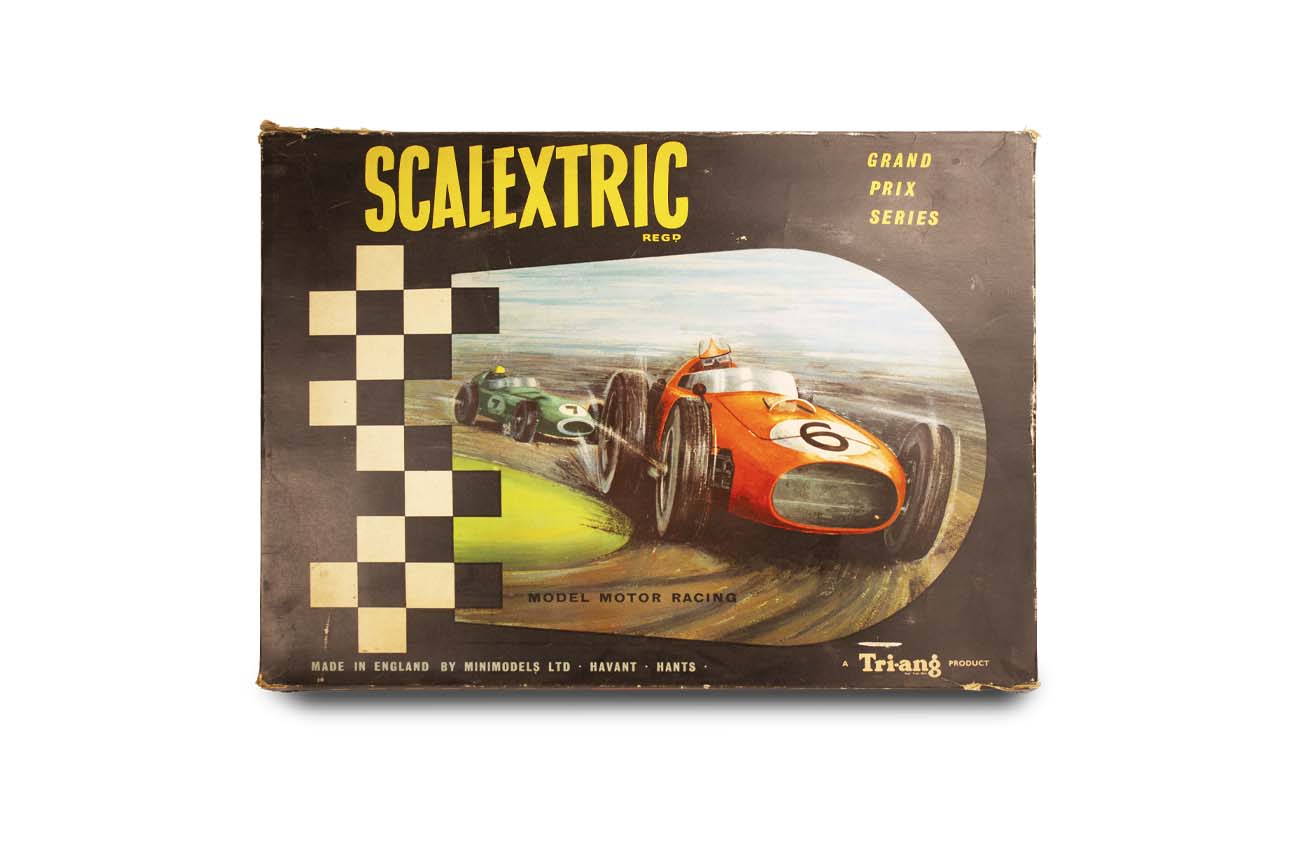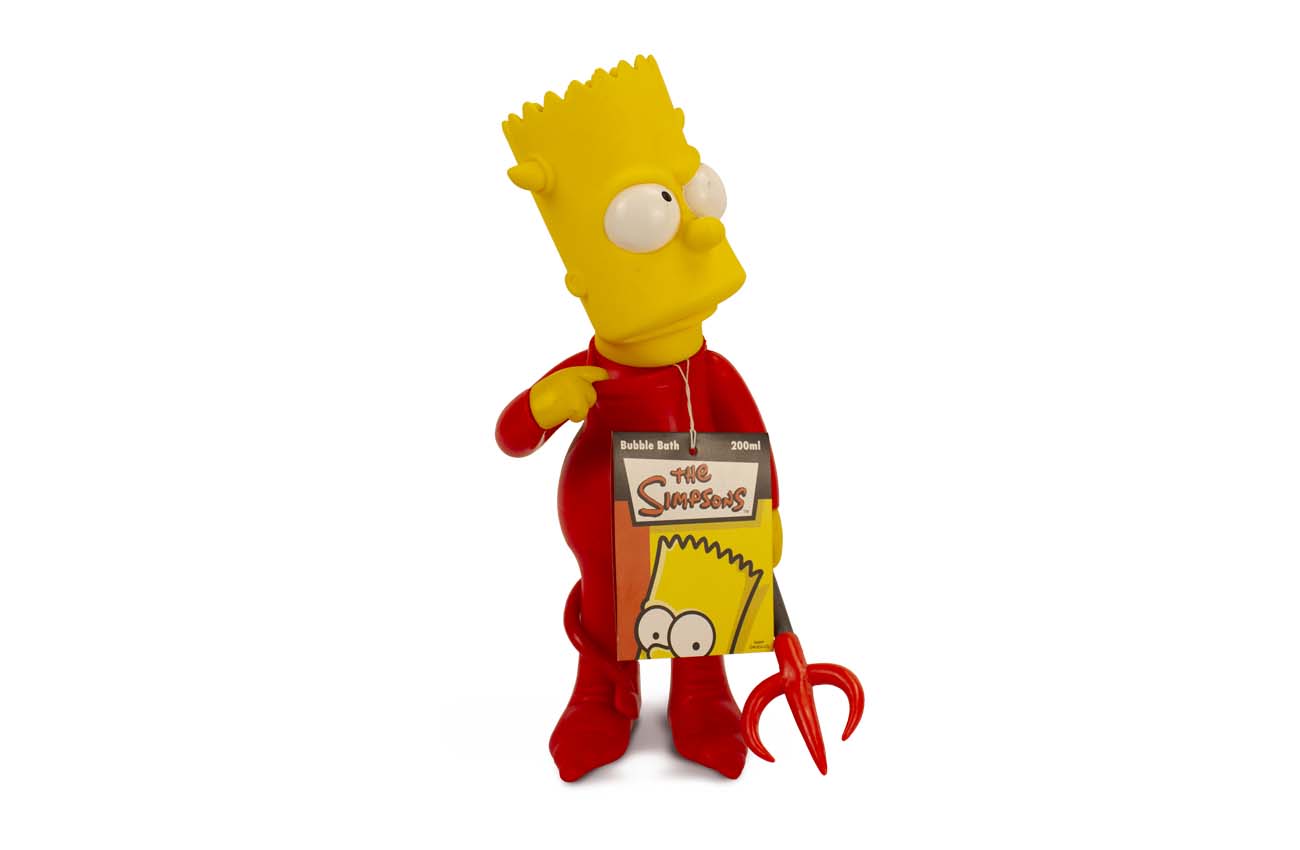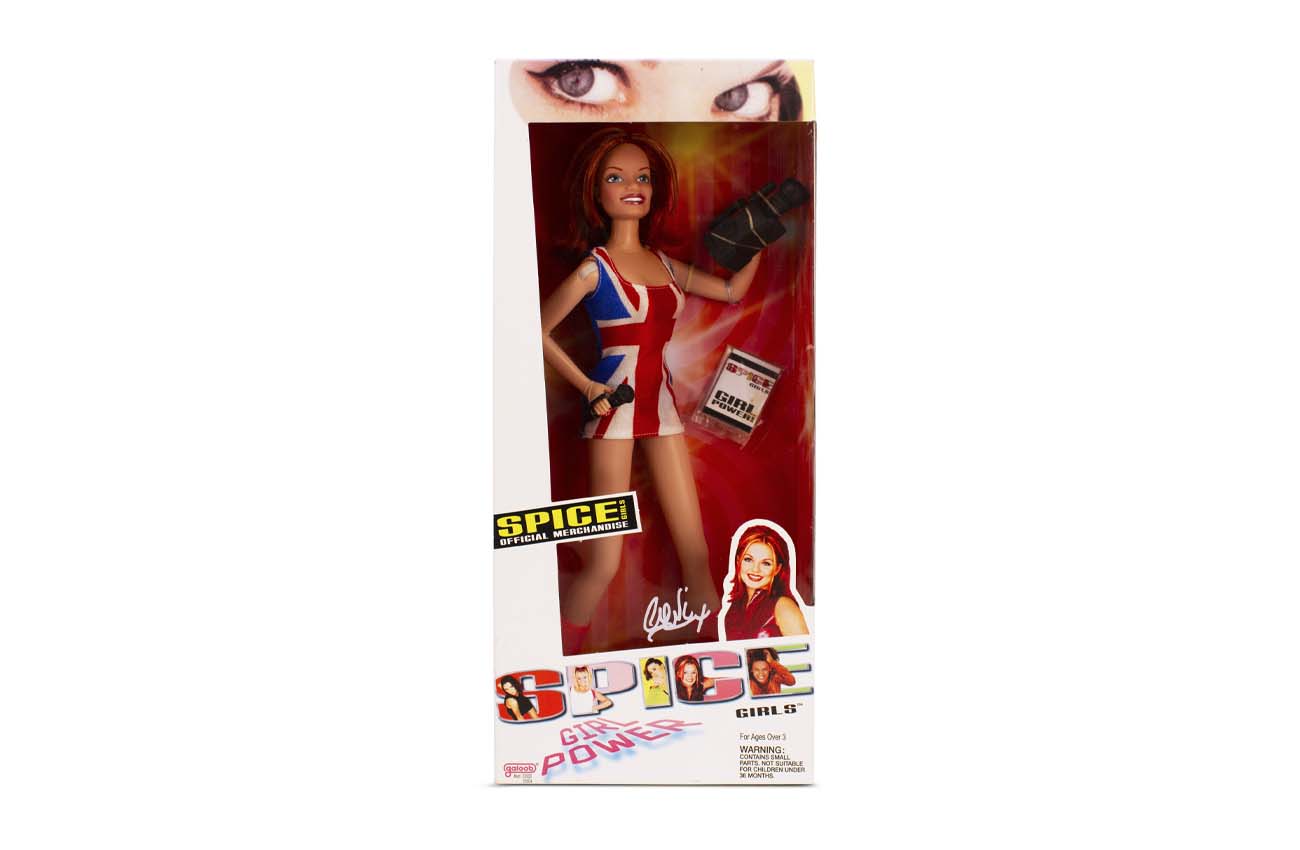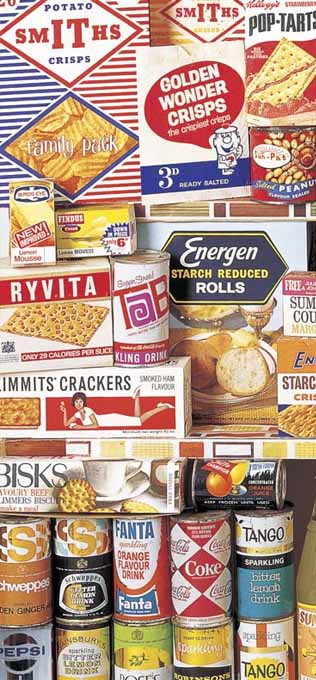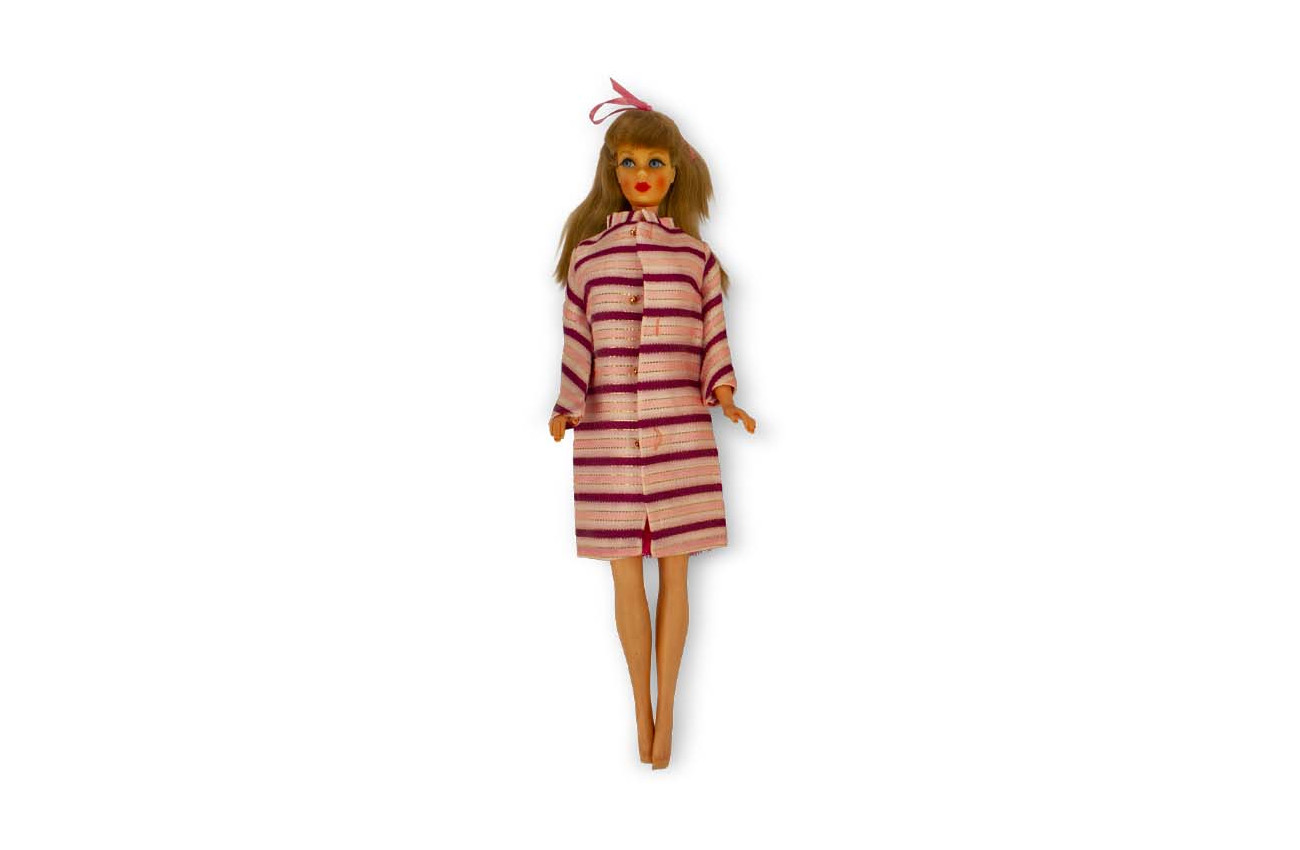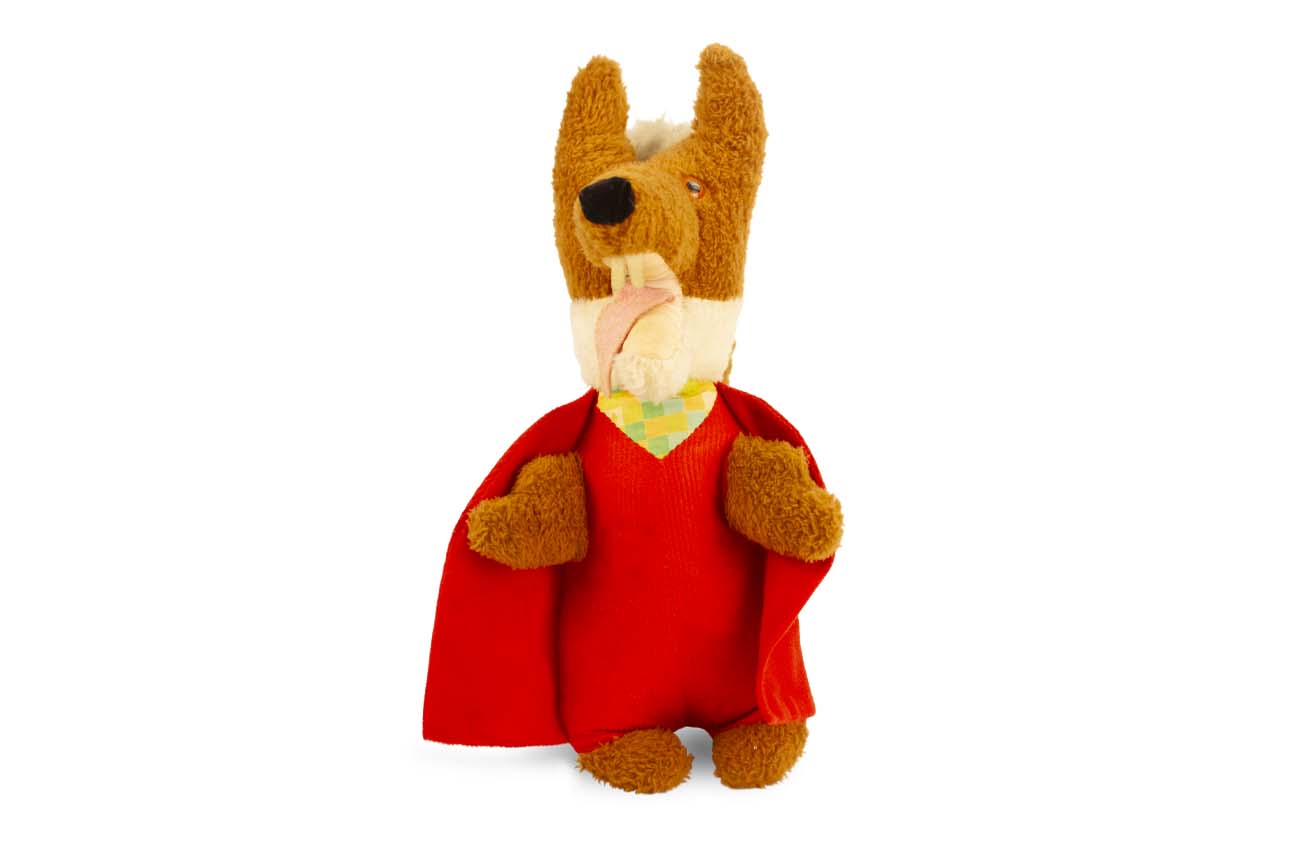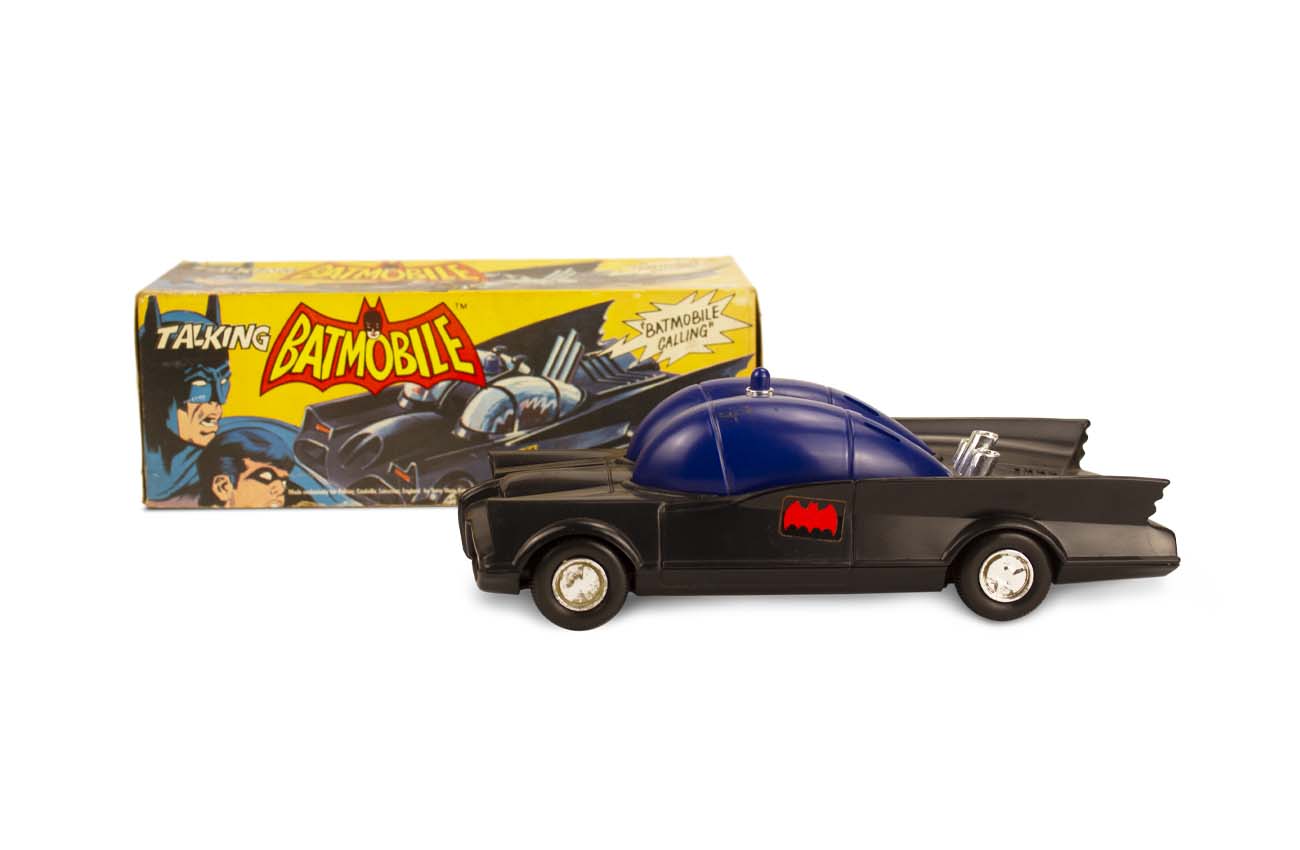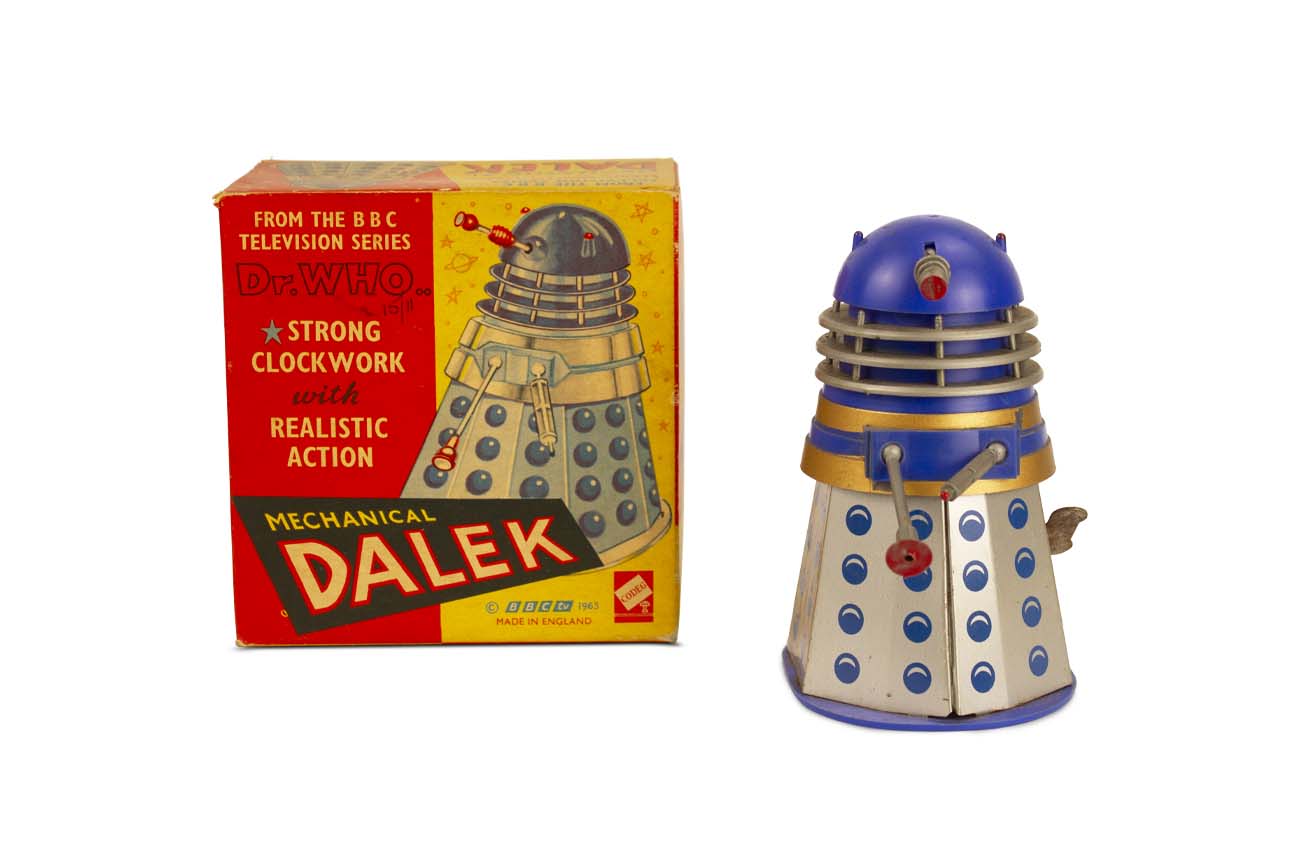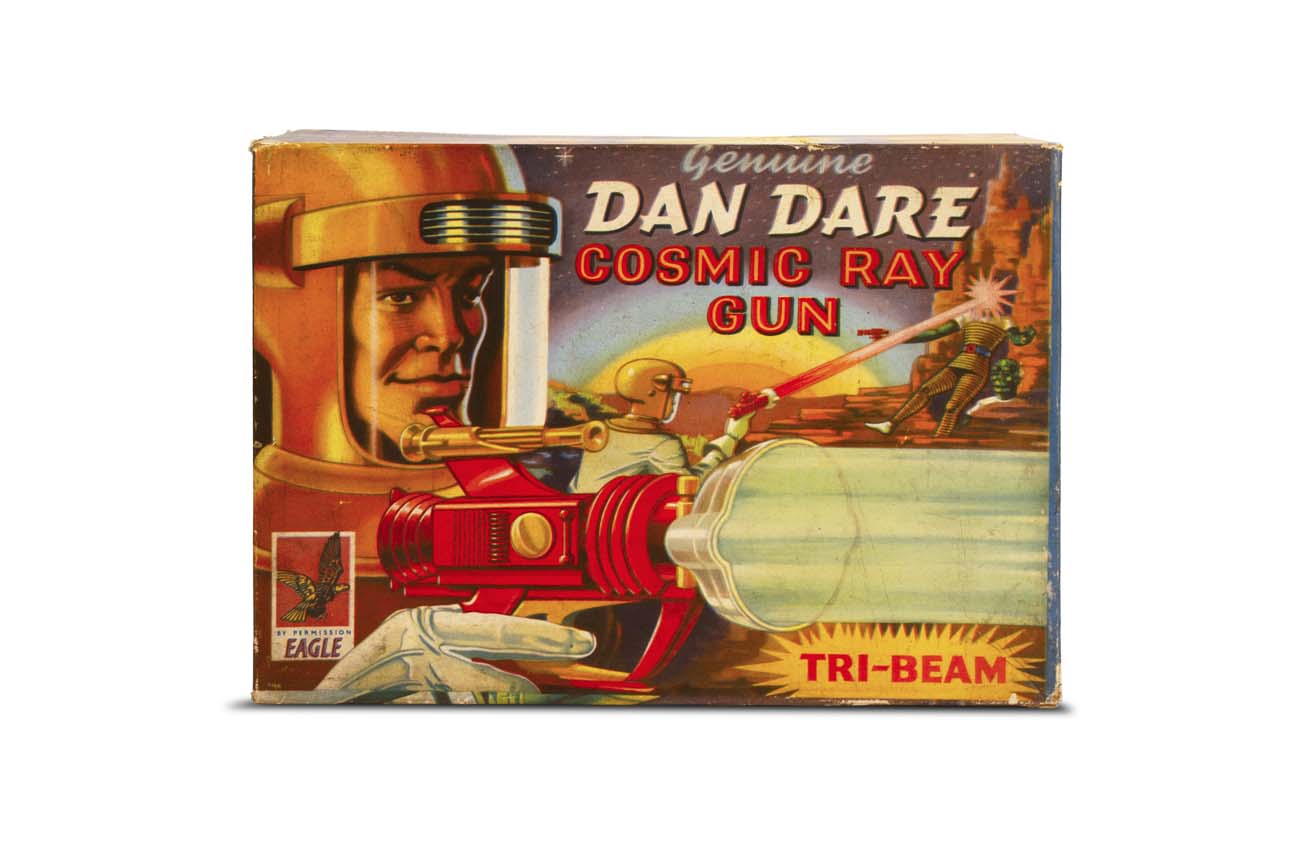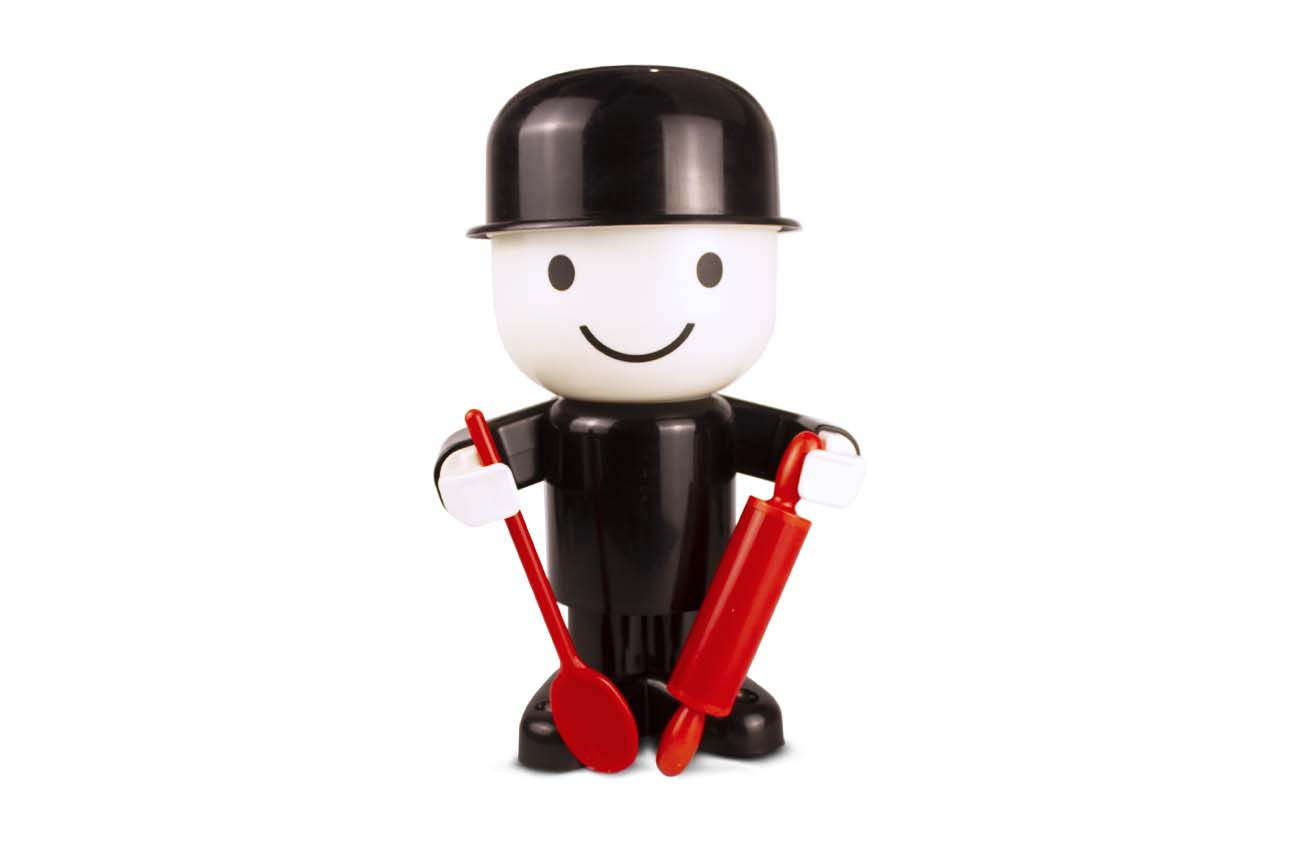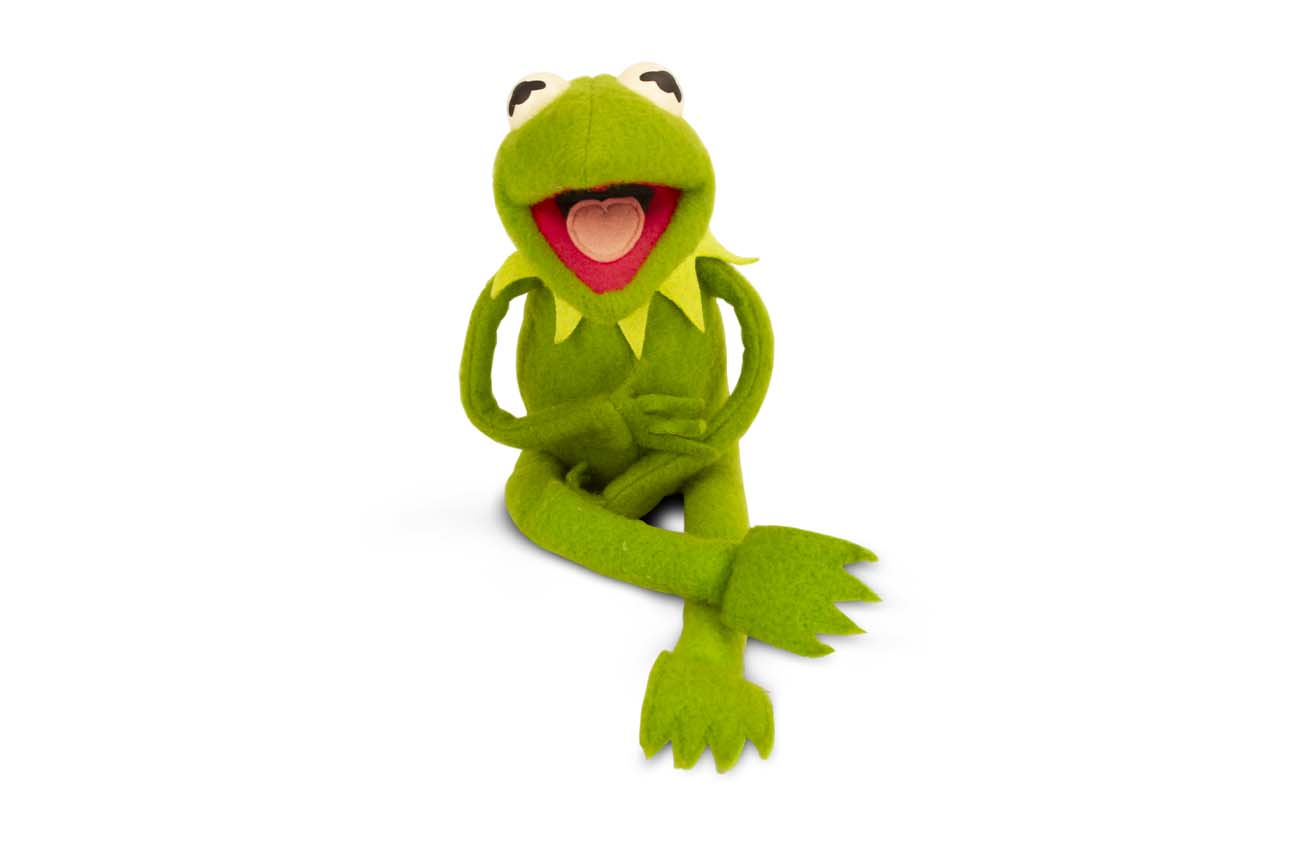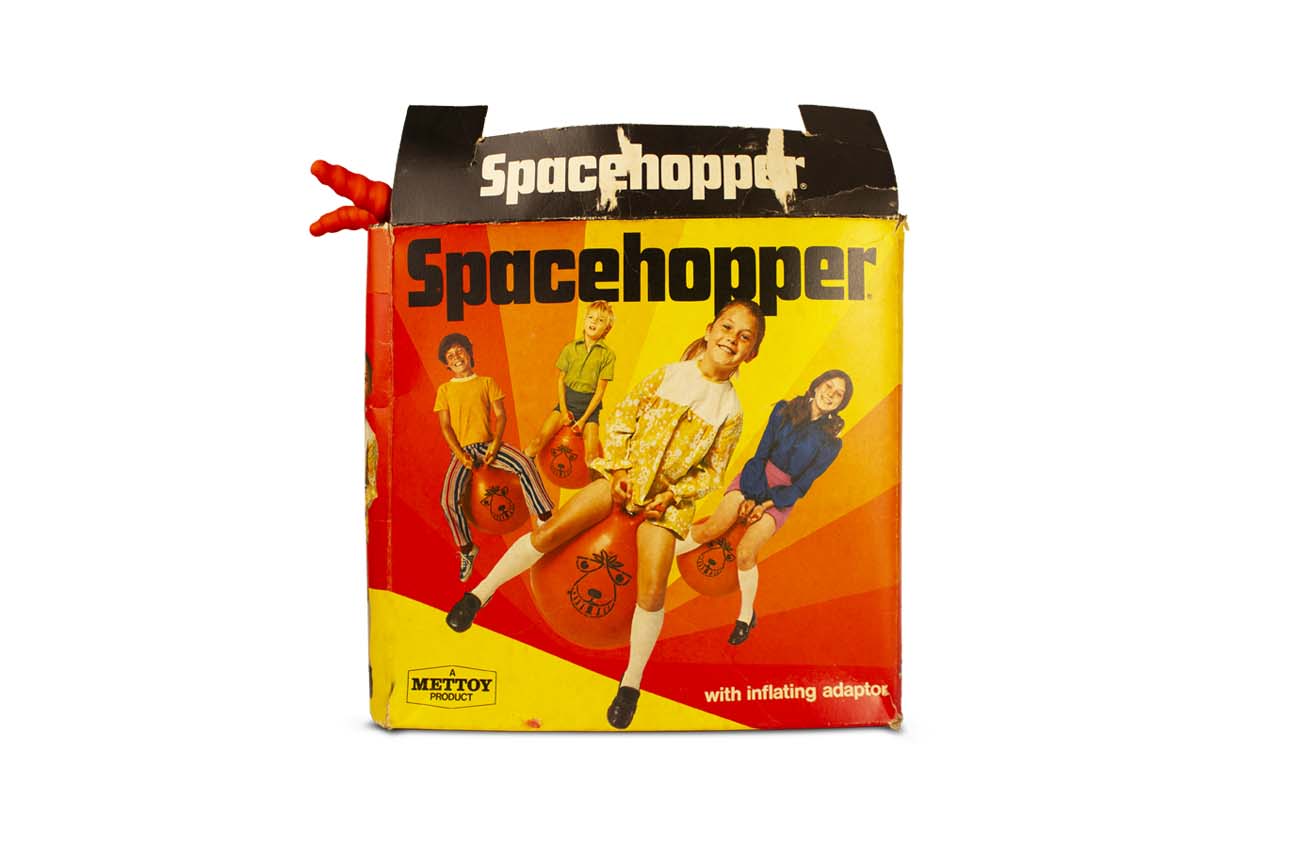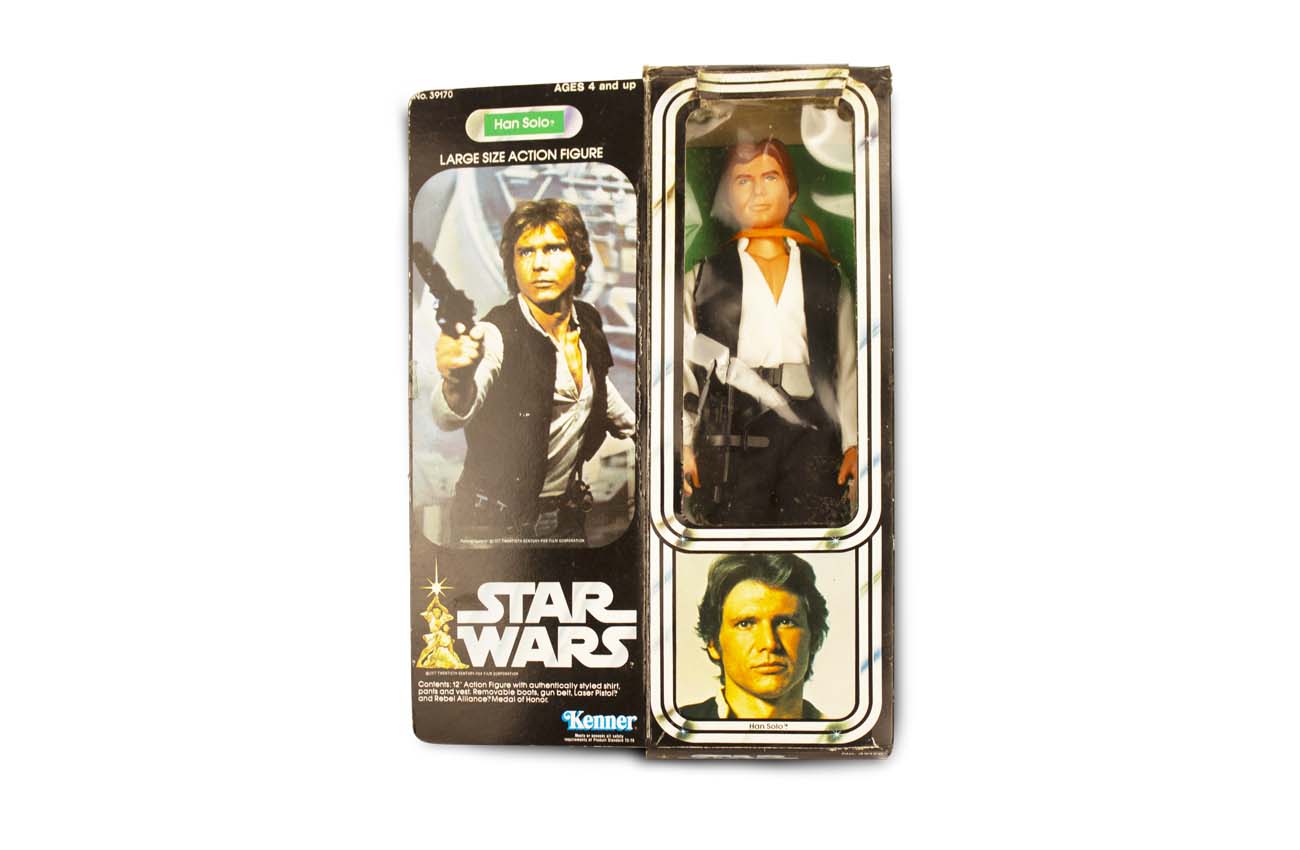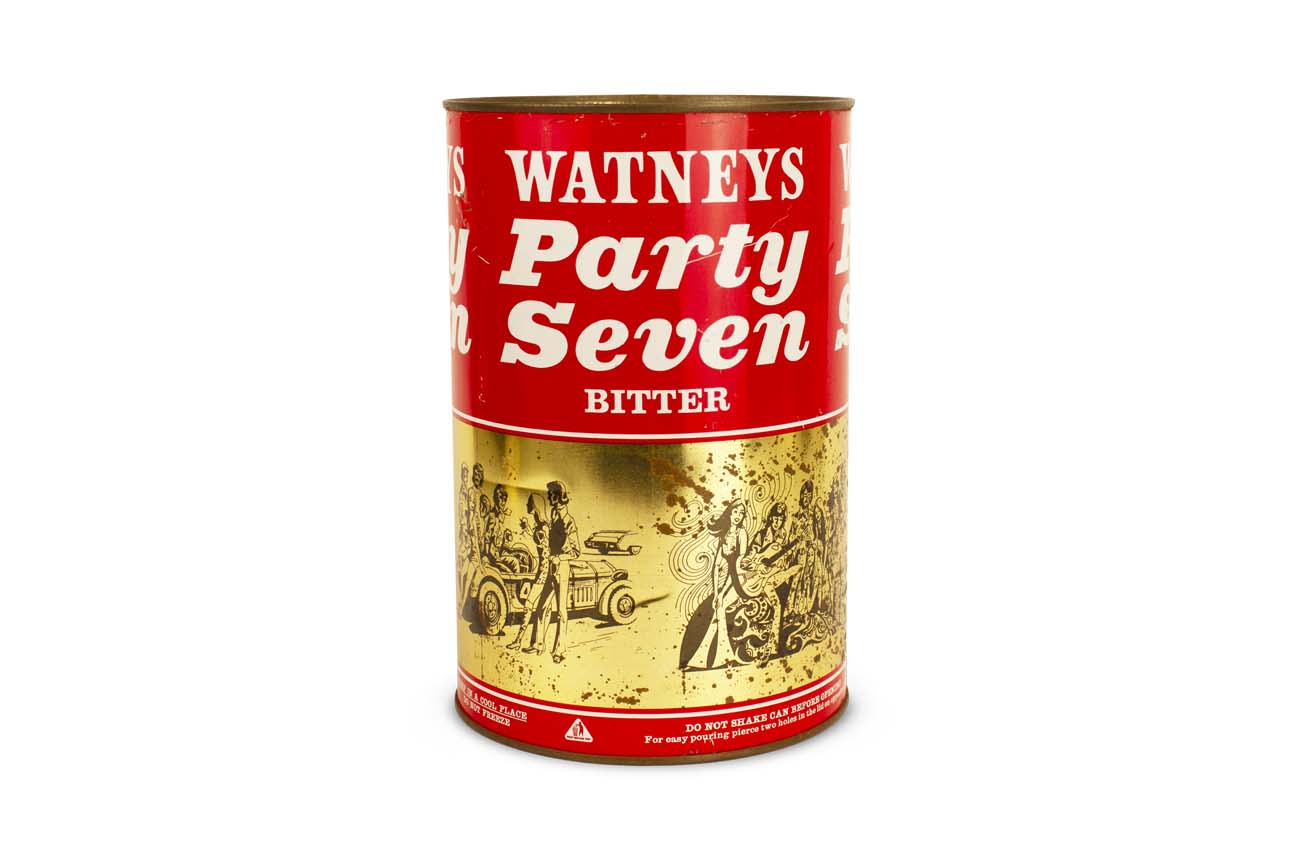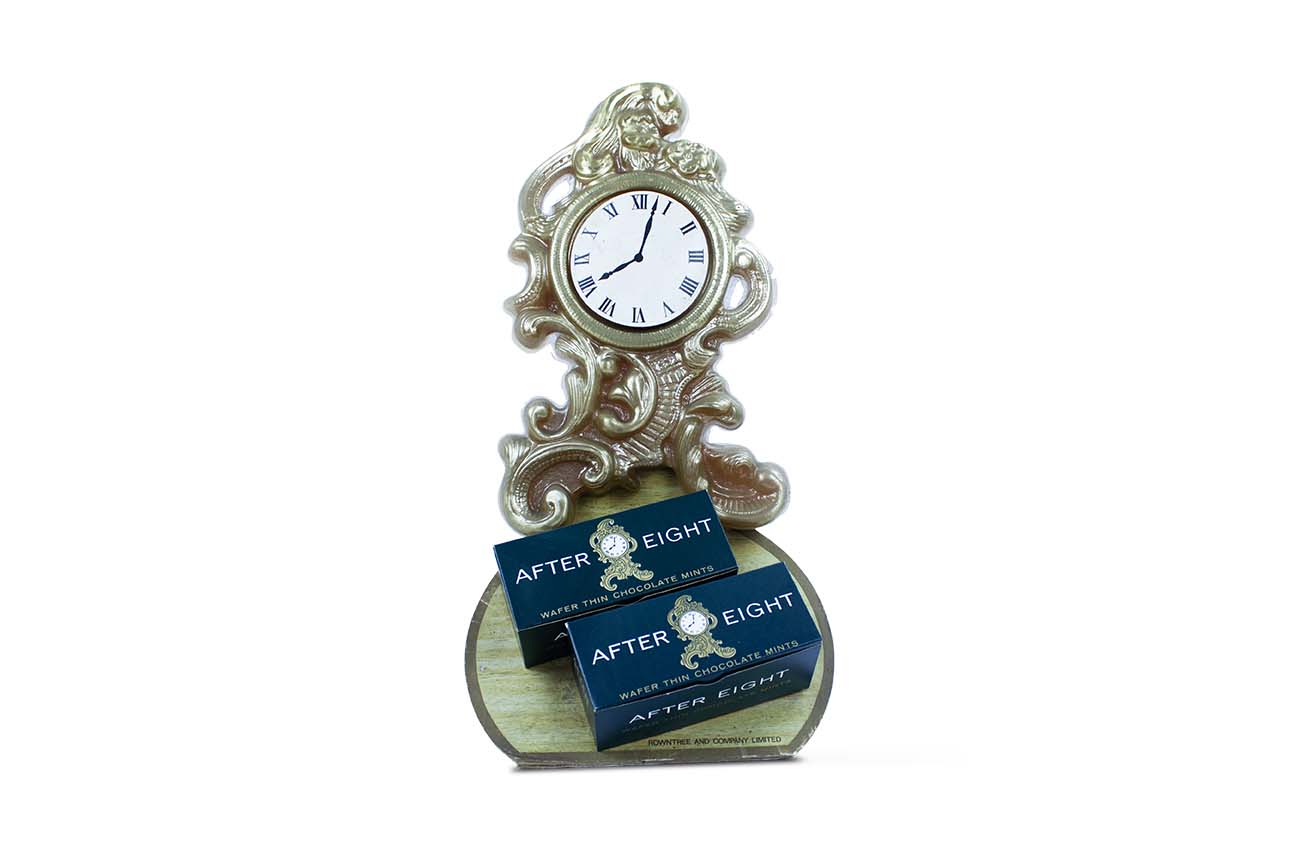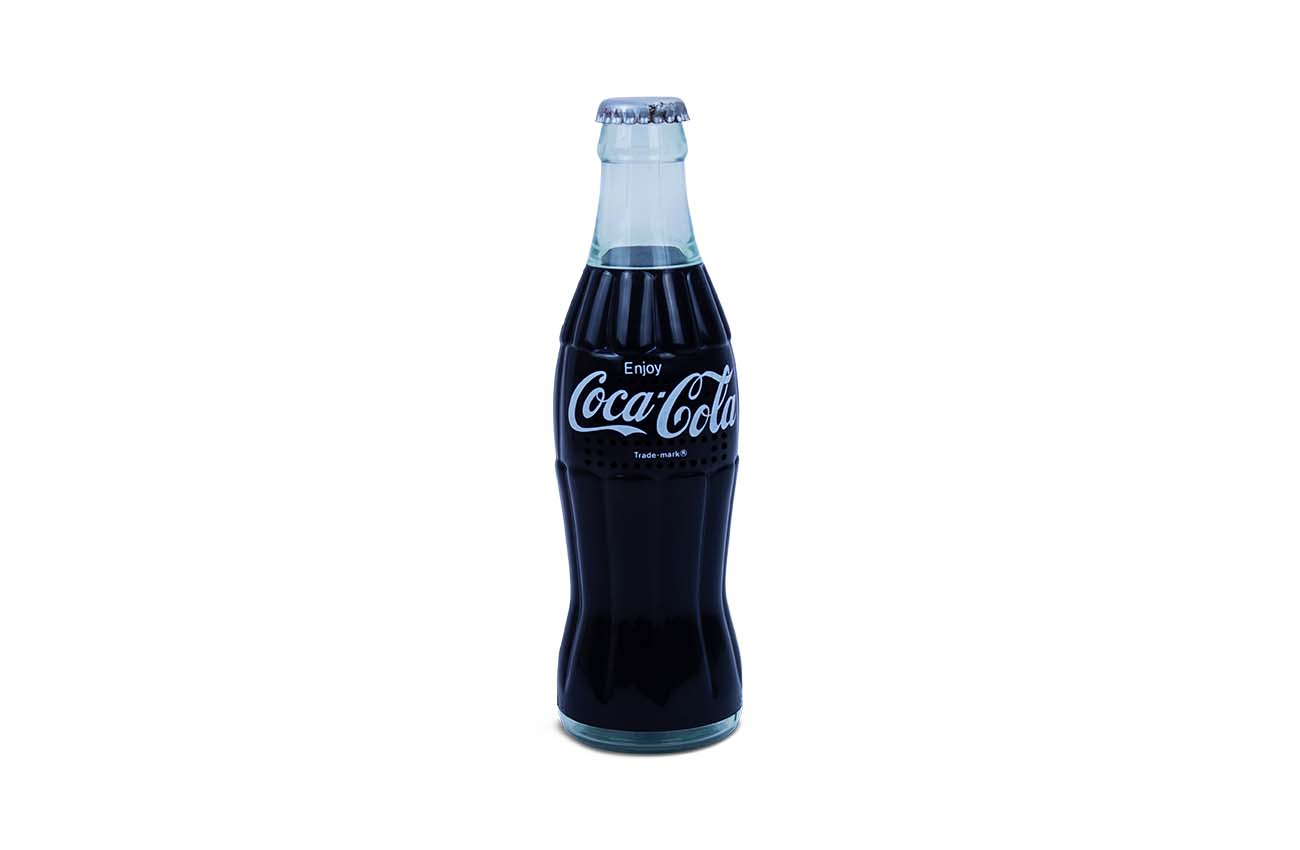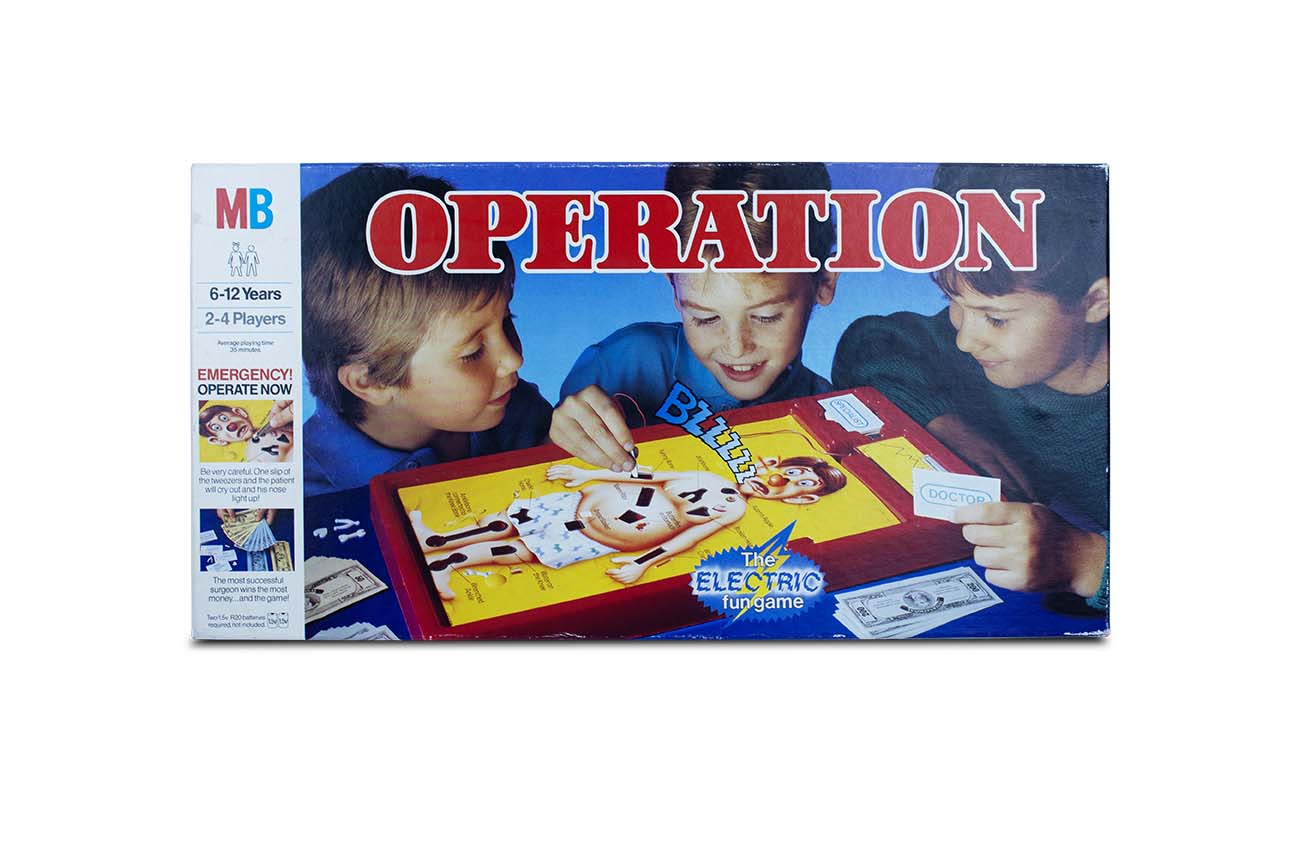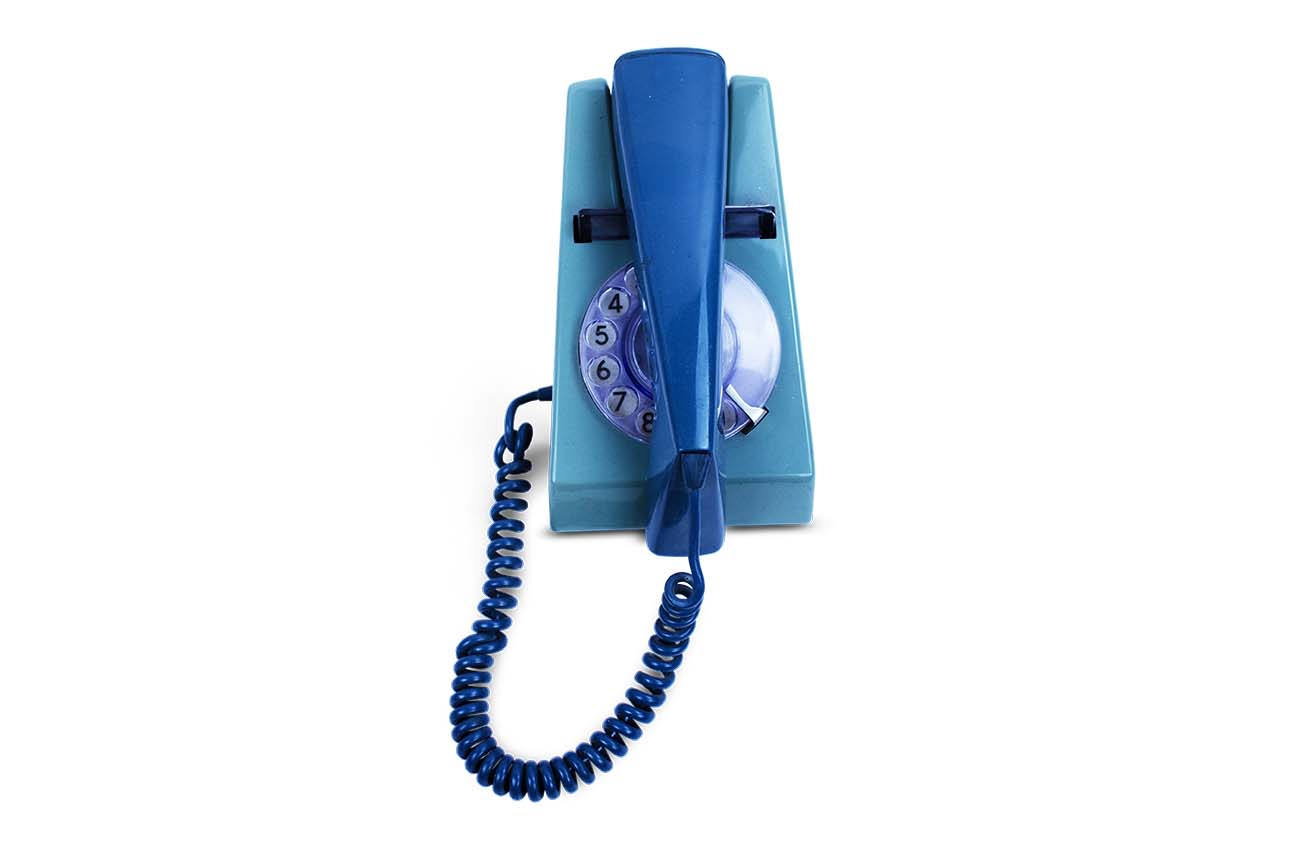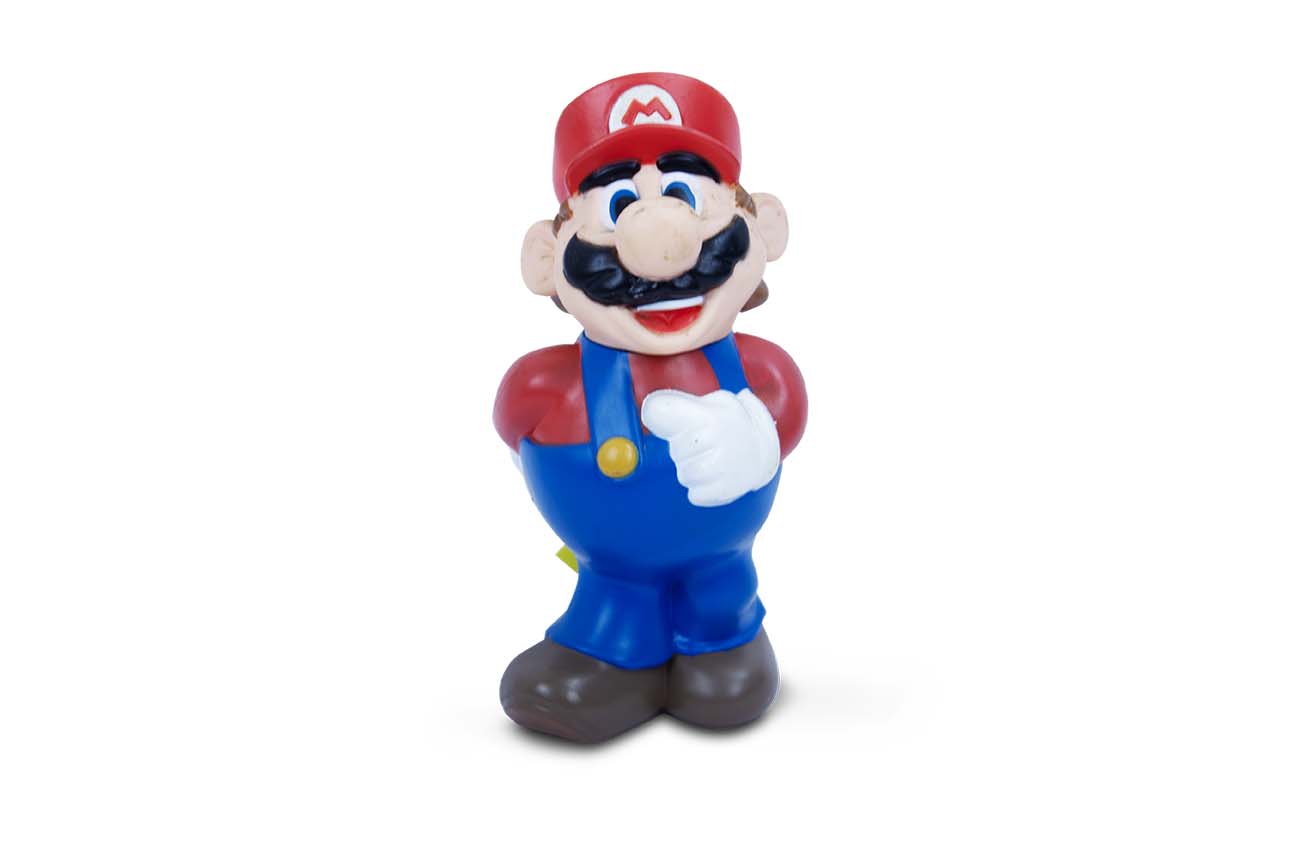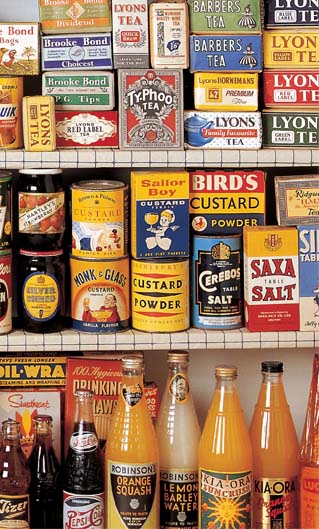The Time Tunnel
Our permanent collection






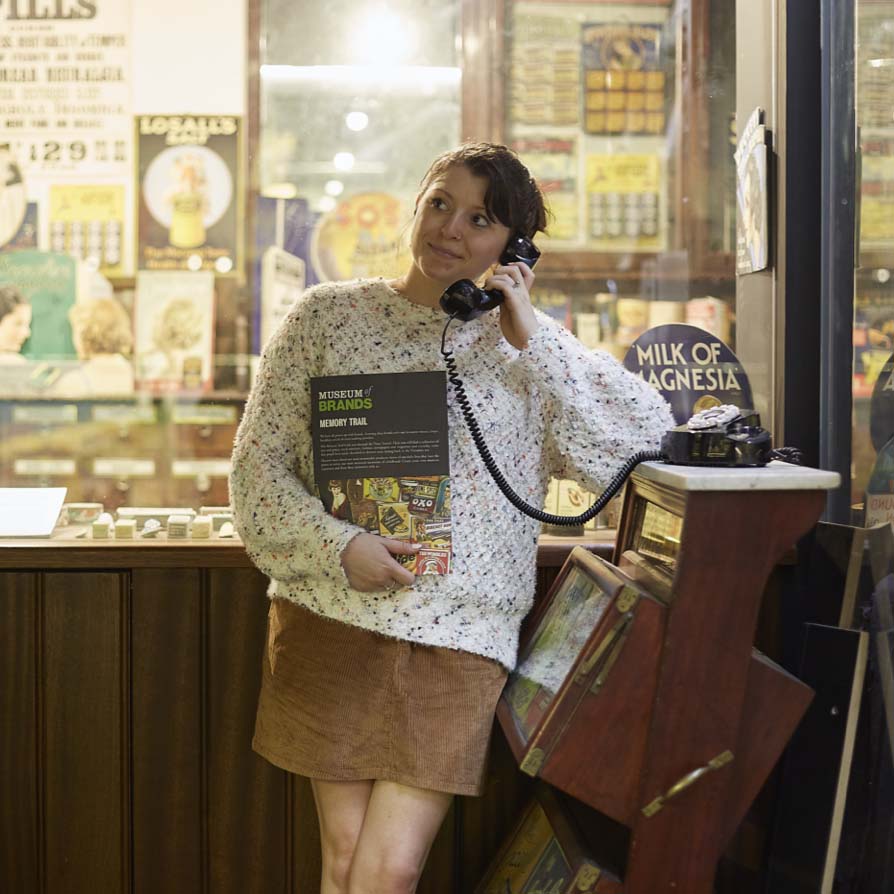
Time Tunnel Audio Experience
The Time Tunnel transports your through the decades, and now the moments and stories we share are coming to life with our new audio installation.
Immerse yourself in the decades from the roaring steam engines of the Industrial Revolution to the earliest BBC Broadcasts, historic moments, top disco tunes, and oral histories by the Museum’s own Robert Opie.
Time Tunnel Audio Experience

The Time Tunnel transports your through the decades, and now the moments and stories we share are coming to life with our new audio installation.
Immerse yourself in the decades from the roaring steam engines of the Industrial Revolution to the earliest BBC Broadcasts, historic moments, top disco tunes, and oral histories by the Museum’s own Robert Opie.
About The Time Tunnel
Our Time Tunnel explores the remarkable story of how our consumer society has evolved since Victorian times. It’s a journey of discovery that puts our favourite brands into their historical context, along with royal coronations, two world wars, man landing on the moon and right up to the digital age. Laid out chronologically, the Time Tunnel reflects how daily life has been transformed by the invention of the railway, the motor car, and the aeroplane. Also, how the entertainment has been enlivened by the arrival of cinema, radio and television. Memories arise from toys and games that, since the 1950s, have reflected the most popular television programmes.
Magazine covers illustrate the change in style and fashion, while colourful posters showcase the product aspirations of each period. Amongst these memories, the Time Tunnel tells wider stories, such as the advance in technology, or the passing of the domestic servant. Along with the emancipation of women, the takeover of the self-service, the benefits of refrigeration and the growth of plastics.
Whether or not you are a lover of nostalgia, package design, or the history of our throwaway society, our Time Tunnel offers the ultimate treasure of childhood memories – toys and sweets, crisps and cereals. It’s also a revelation into the lifestyle of our grandparents’ generation, where it’s worth remembering that the items on display were once the cutting edge of their time.
“I was struck by the idea that I should save the packaging which would otherwise surely disappear forever. The collection offers evidence of a dynamic commercial system that delivers thousands of desirable items from all corners of the world. It is a feat arguably more complex than sending man to the Moon, but one still taken for granted”.
Robert Opie
And then ...
Fifty years ago, Robert Opie saw the need to unravel the story of how consumer products had evolved since Victorian times. By 1975 Robert had enough material to hold his own exhibition, The Pack Age, at the Victoria & Albert Museum. After a sixteen year career in market research, he opened the first museum in Gloucester in 1984.
Although the focus of Robert’s research has been the history of supermarket brands. His other interests extend to other aspects of our consumer story: toys and games, travel and transport, leisure and entertainment. Along with magazines and newspapers, technology and fashion, as well as the evidence of historic events, major exhibitions and royal occasions. All this gives a wider context to the everyday history of marketing trends.
You can take your pick as to whether Robert Opie is a consumer historian or a supermarket archaeologist. However, after writing twenty books and appearing on endless television and radio shows, he has become an authority on his subject.
Perhaps less well known is his passion for the history of ancillary subjects, from transport to toys and communication.
About The Time Tunnel
Our Time Tunnel explores the remarkable story of how our consumer society has evolved since Victorian times. It’s a journey of discovery that puts our favourite brands into their historical context, along with royal coronations, two world wars, man landing on the moon and right up to the digital age. Laid out chronologically, the Time Tunnel reflects how daily life has been transformed by the invention of the railway, the motor car, and the aeroplane. Also, how the entertainment has been enlivened by the arrival of cinema, radio and television. Memories arise from toys and games that, since the 1950s, have reflected the most popular television programmes.
Whether or not you are a lover of nostalgia, package design, or the history of our throwaway society, our Time Tunnel offers the ultimate treasure of childhood memories – toys and sweets, crisps and cereals. It’s also a revelation into the lifestyle of our grandparents’ generation, where it’s worth remembering that the items on display were once the cutting edge of their time.
Magazine covers illustrate the change in style and fashion, while colourful posters showcase the product aspirations of each period. Amongst these memories, the Time Tunnel tells wider stories, such as the advance in technology, or the passing of the domestic servant. Along with the emancipation of women, the takeover of the self-service, the benefits of refrigeration and the growth of plastics.
“I was struck by the idea that I should save the packaging which would otherwise surely disappear forever. The collection offers evidence of a dynamic commercial system that delivers thousands of desirable items from all corners of the world. It is a feat arguably more complex than sending man to the Moon, but one still taken for granted”.
Robert Opie
And then ...
Fifty years ago, Robert Opie saw the need to unravel the story of how consumer products had evolved since Victorian times. By 1975 Robert had enough material to hold his own exhibition, The Pack Age, at the Victoria & Albert Museum. After a sixteen year career in market research, he opened the first museum in Gloucester in 1984.
Although the focus of Robert’s research has been the history of supermarket brands. His other interests extend to other aspects of our consumer story: toys and games, travel and transport, leisure and entertainment. Along with magazines and newspapers, technology and fashion, as well as the evidence of historic events, major exhibitions and royal occasions. All this gives a wider context to the everyday history of marketing trends.
You can take your pick as to whether Robert Opie is a consumer historian or a supermarket archaeologist. However, after writing twenty books and appearing on endless television and radio shows, he has become an authority on his subject.
Perhaps less well known is his passion for the history of ancillary subjects, from transport to toys and communication.

